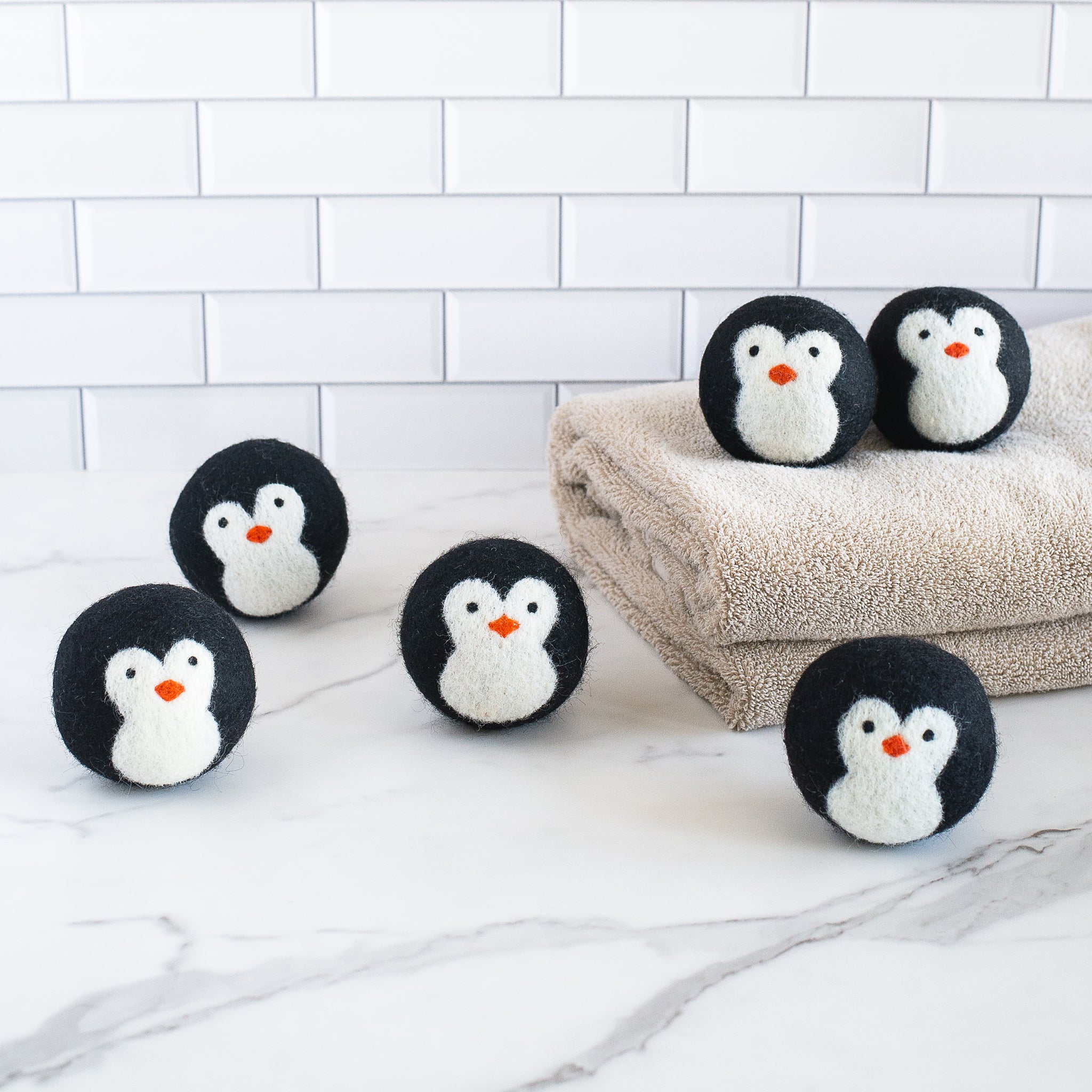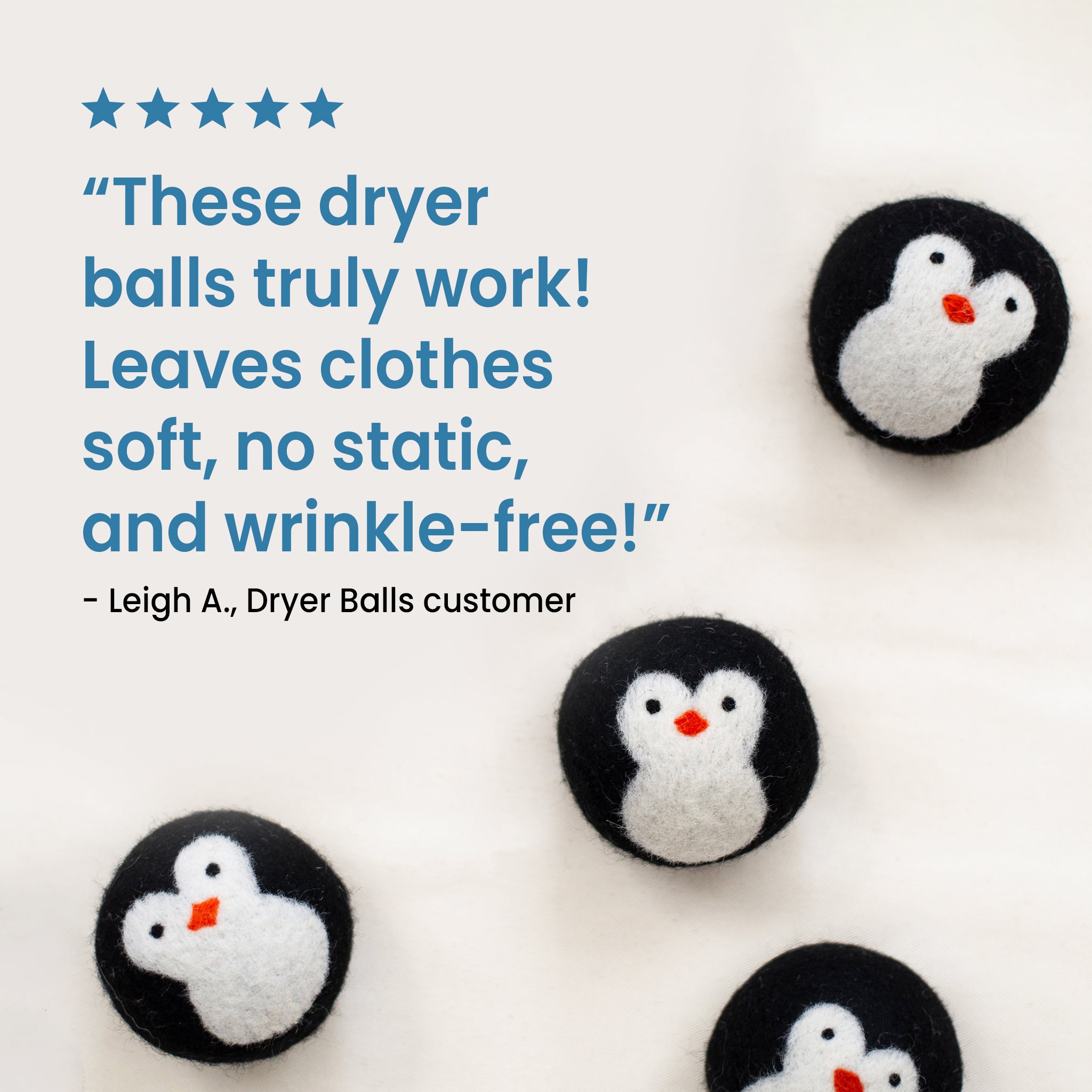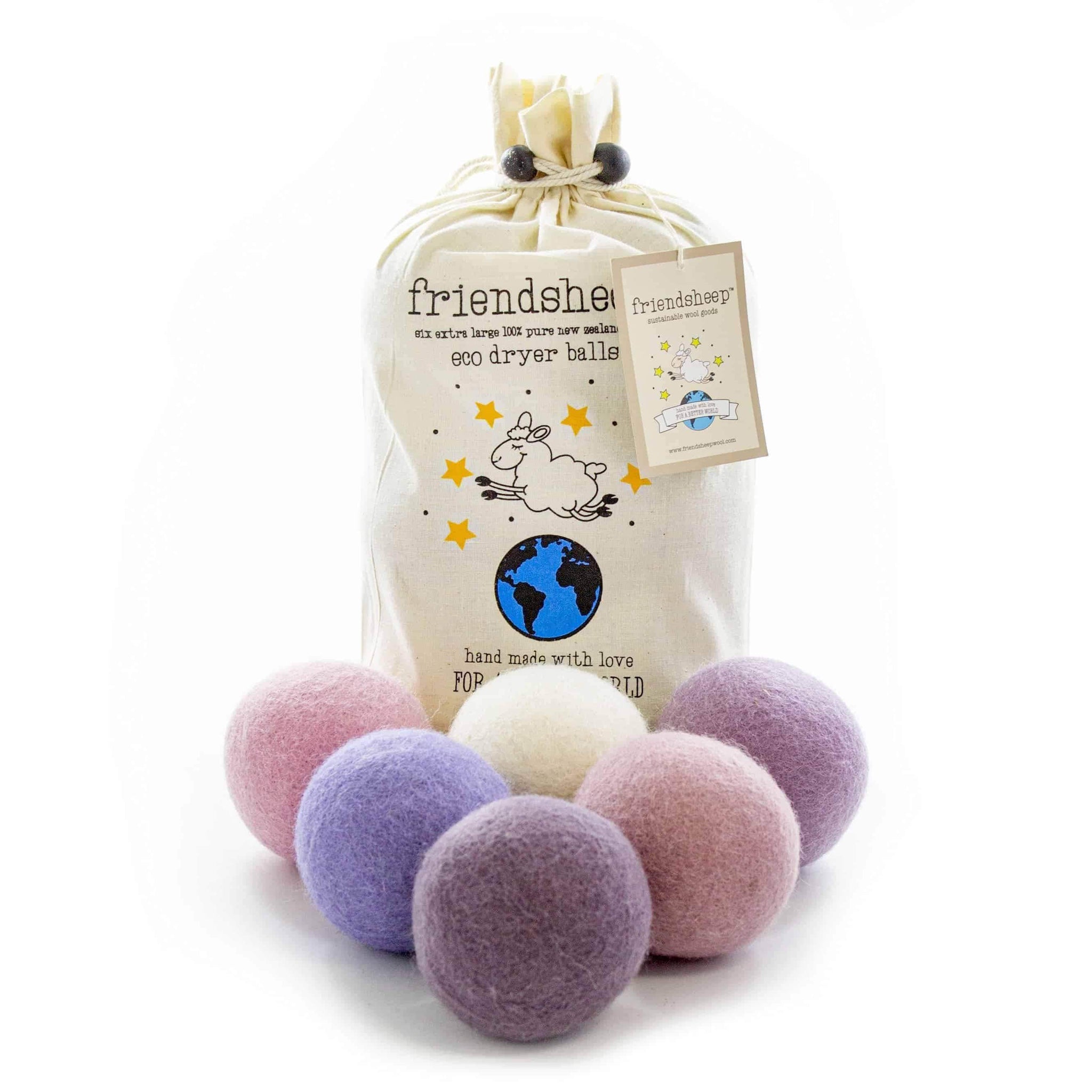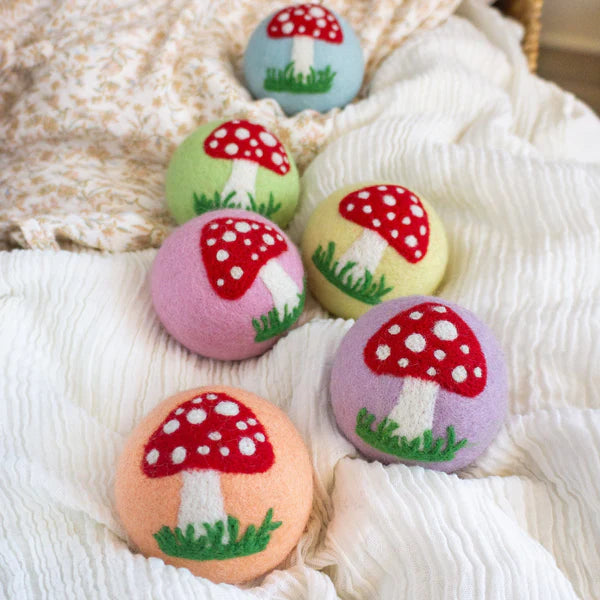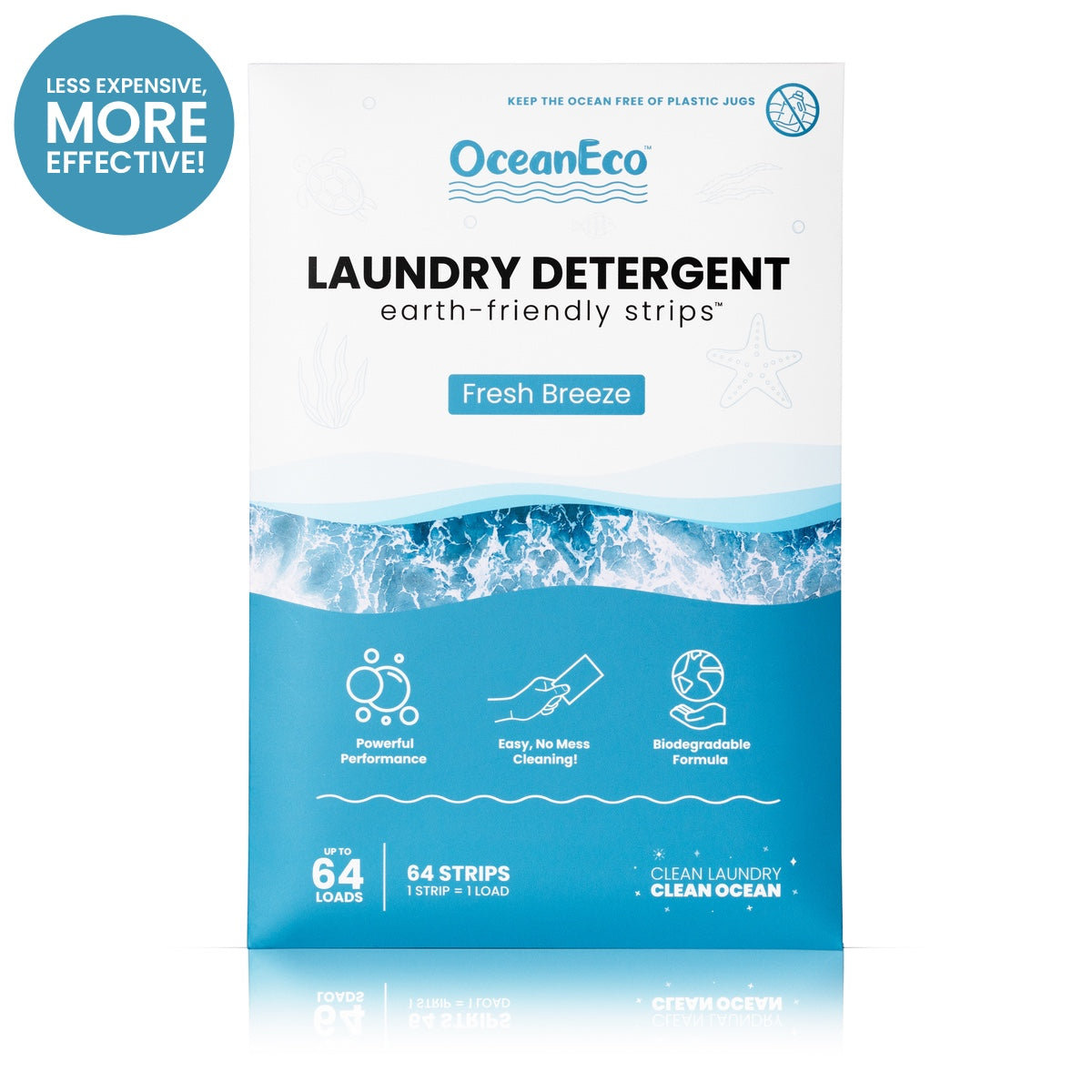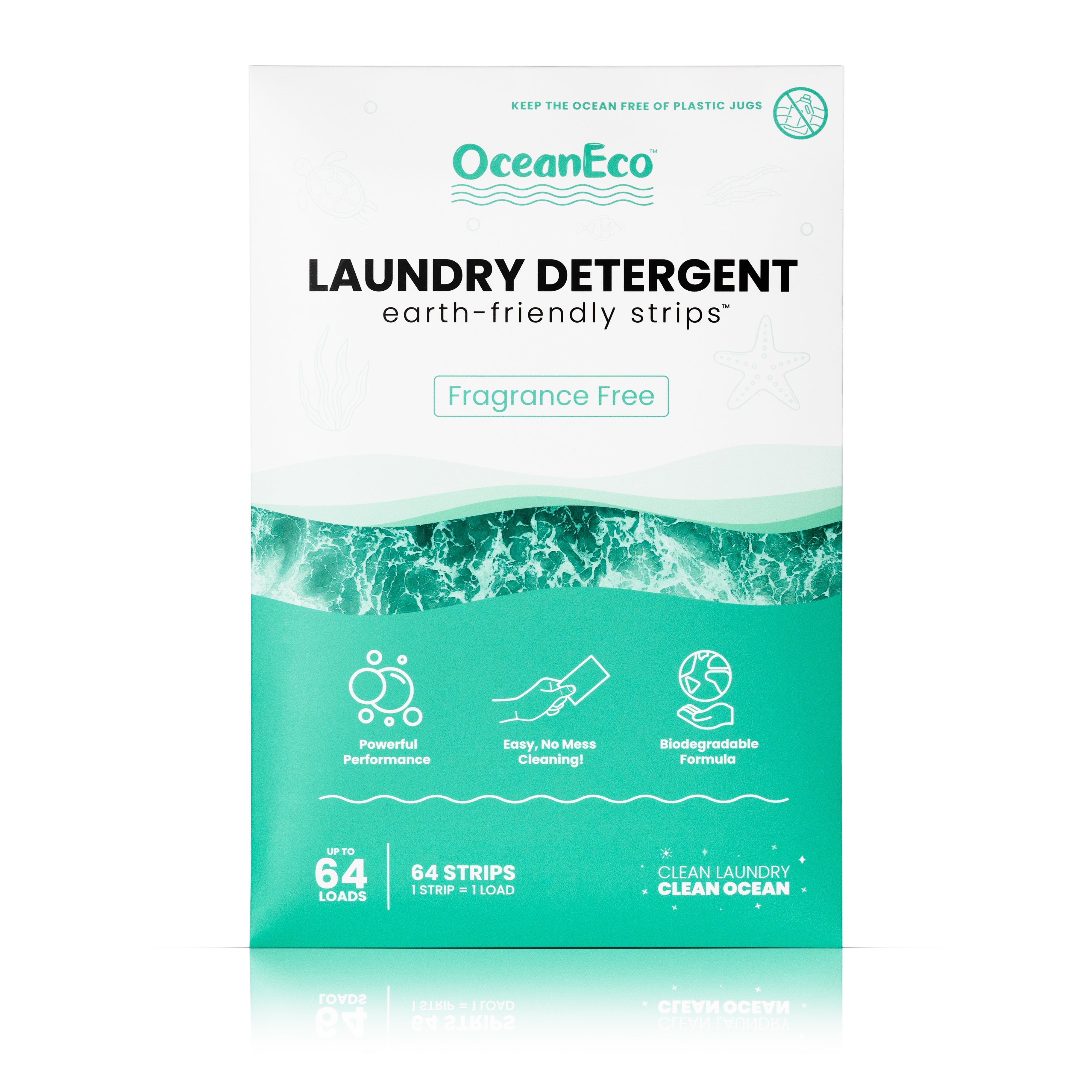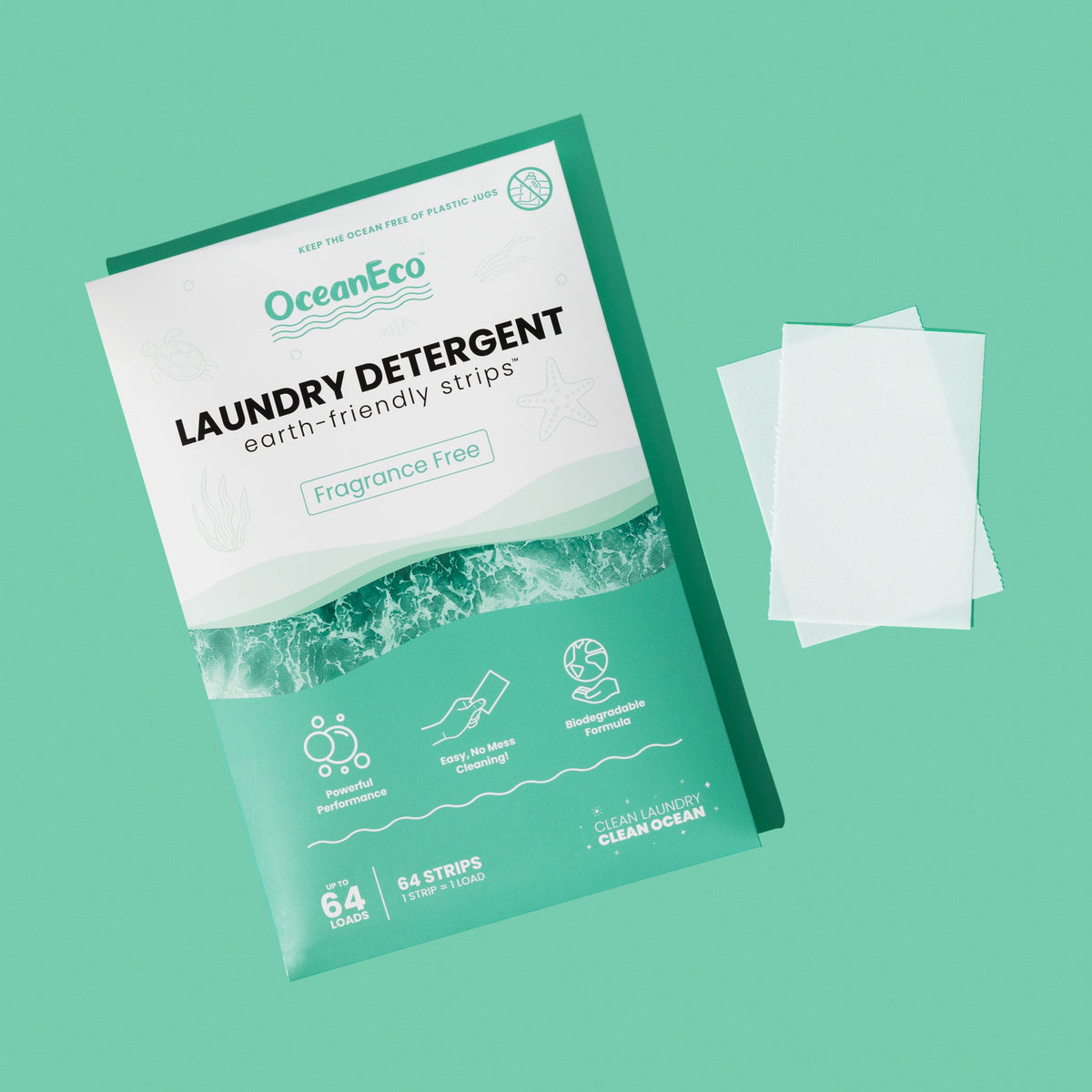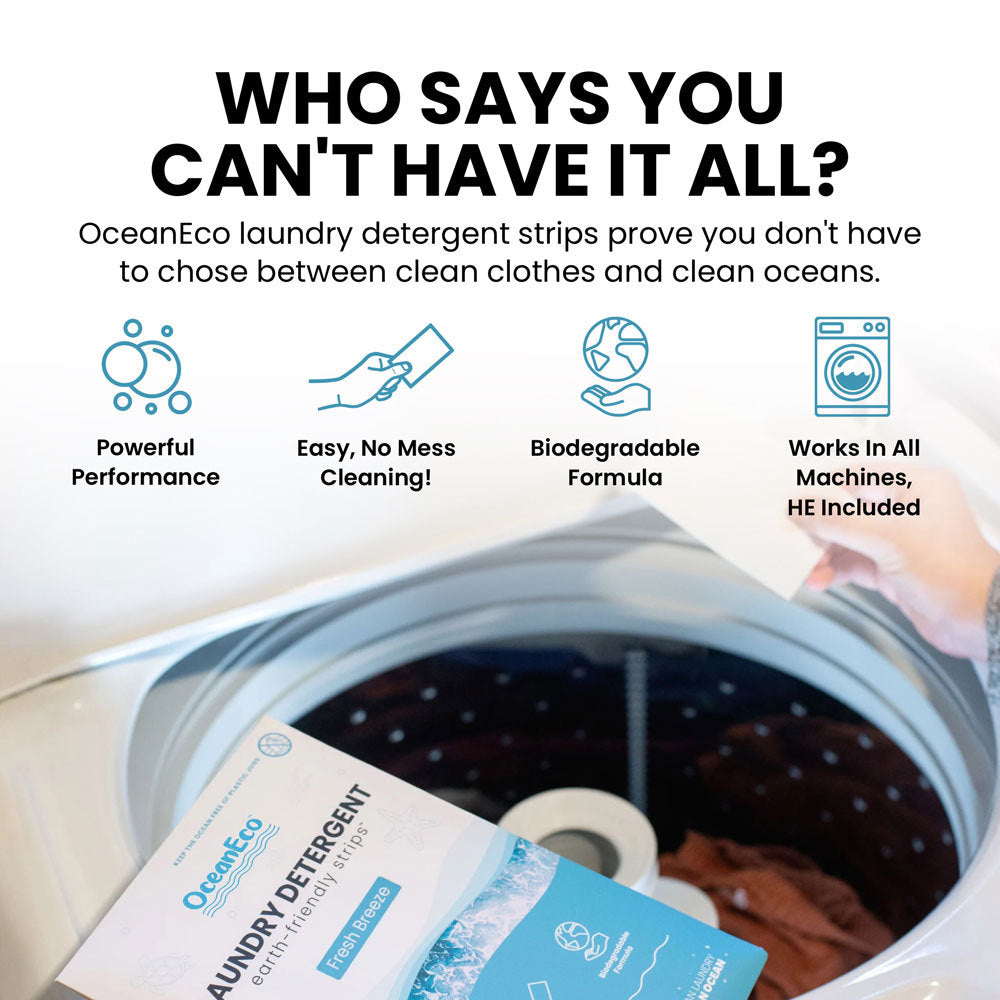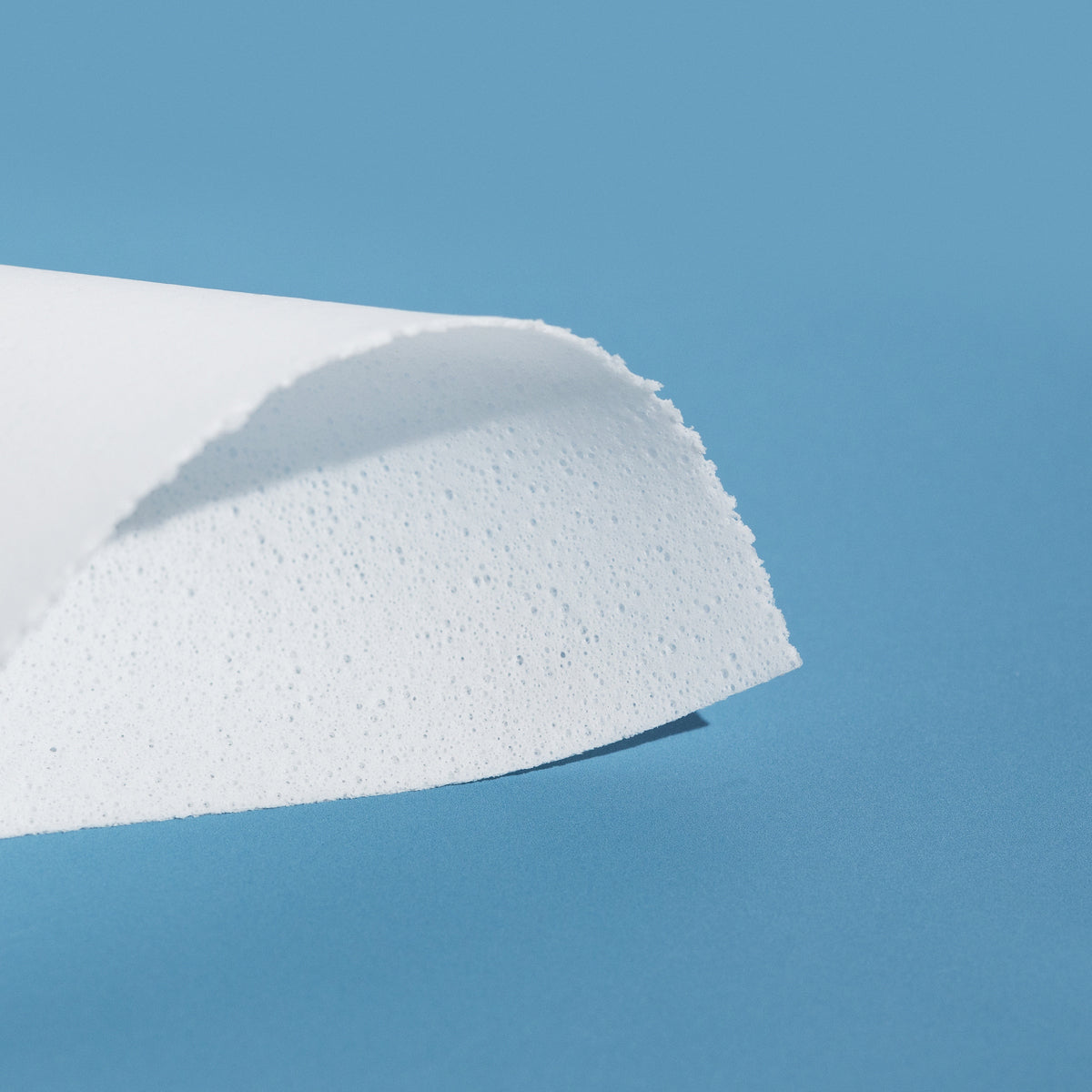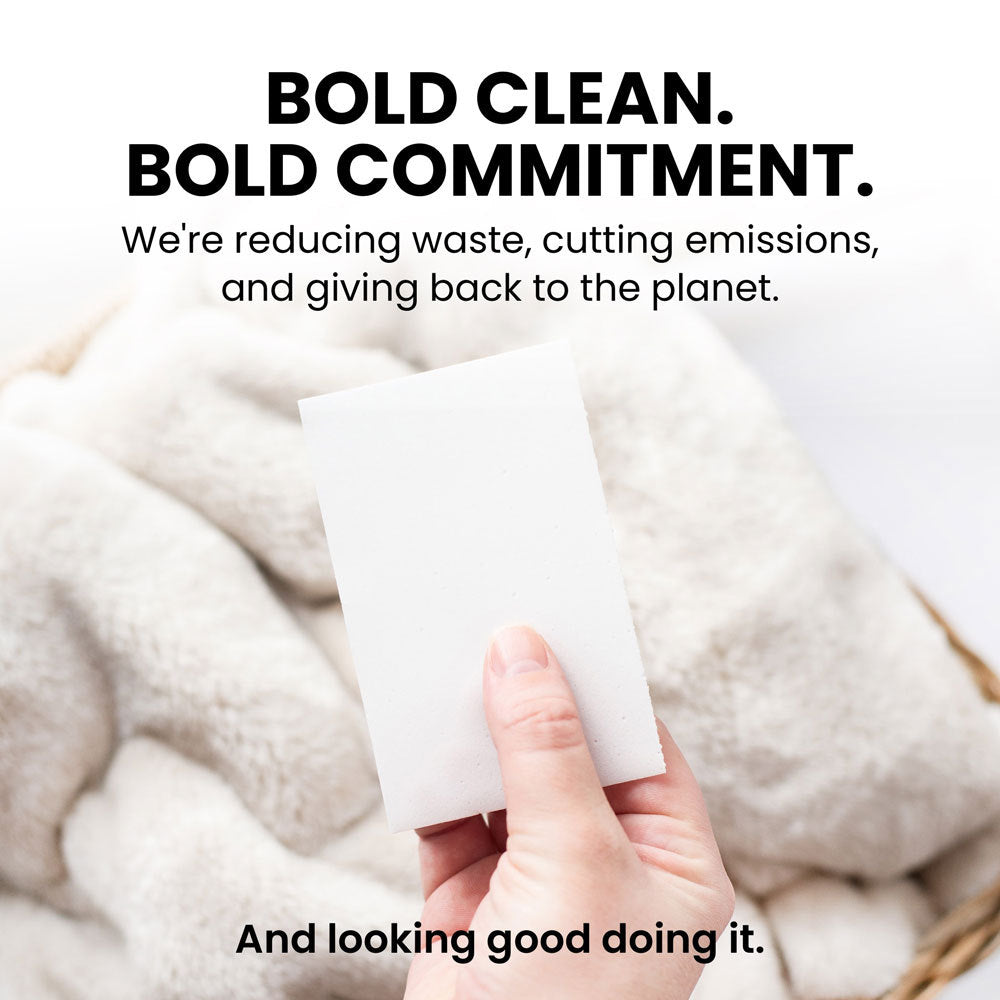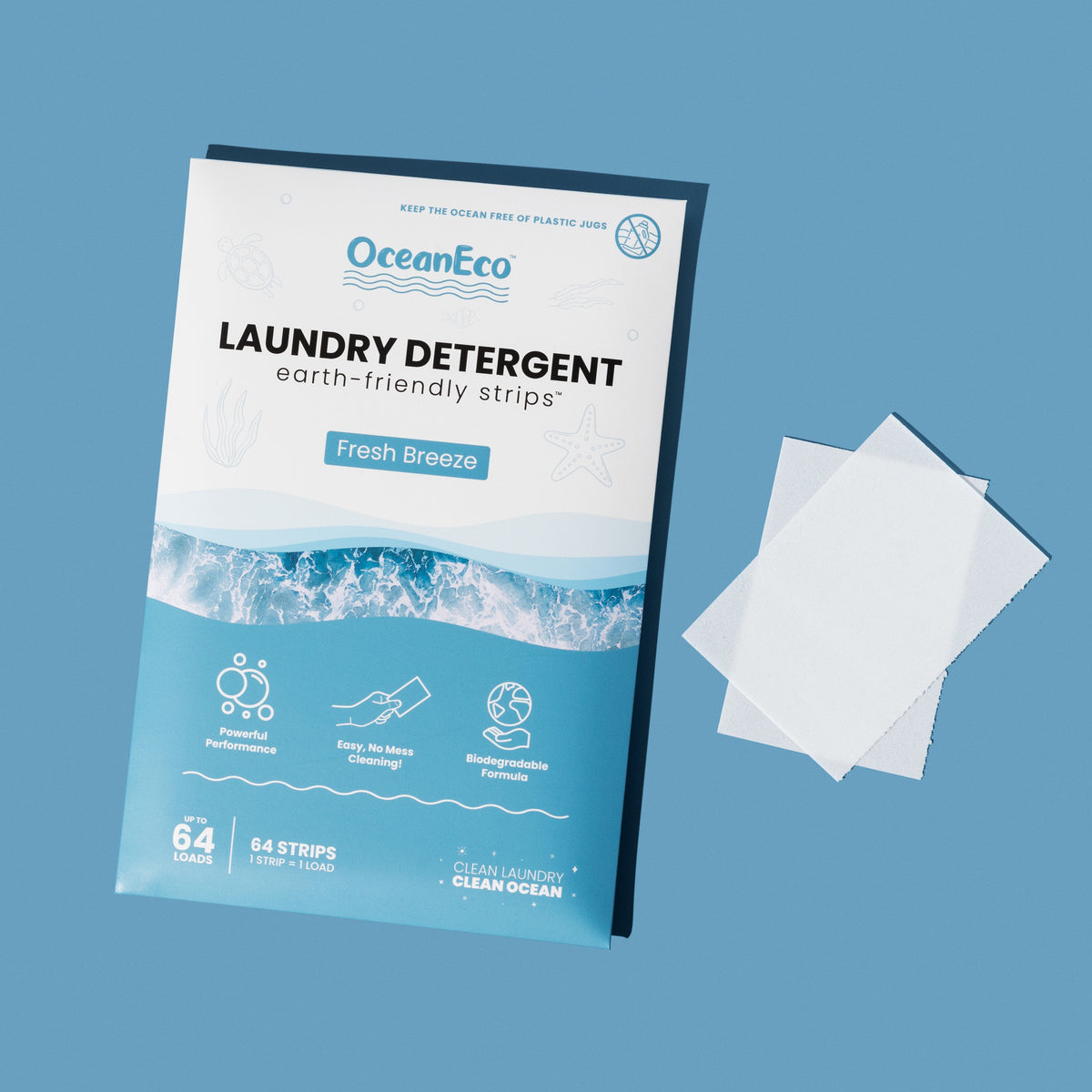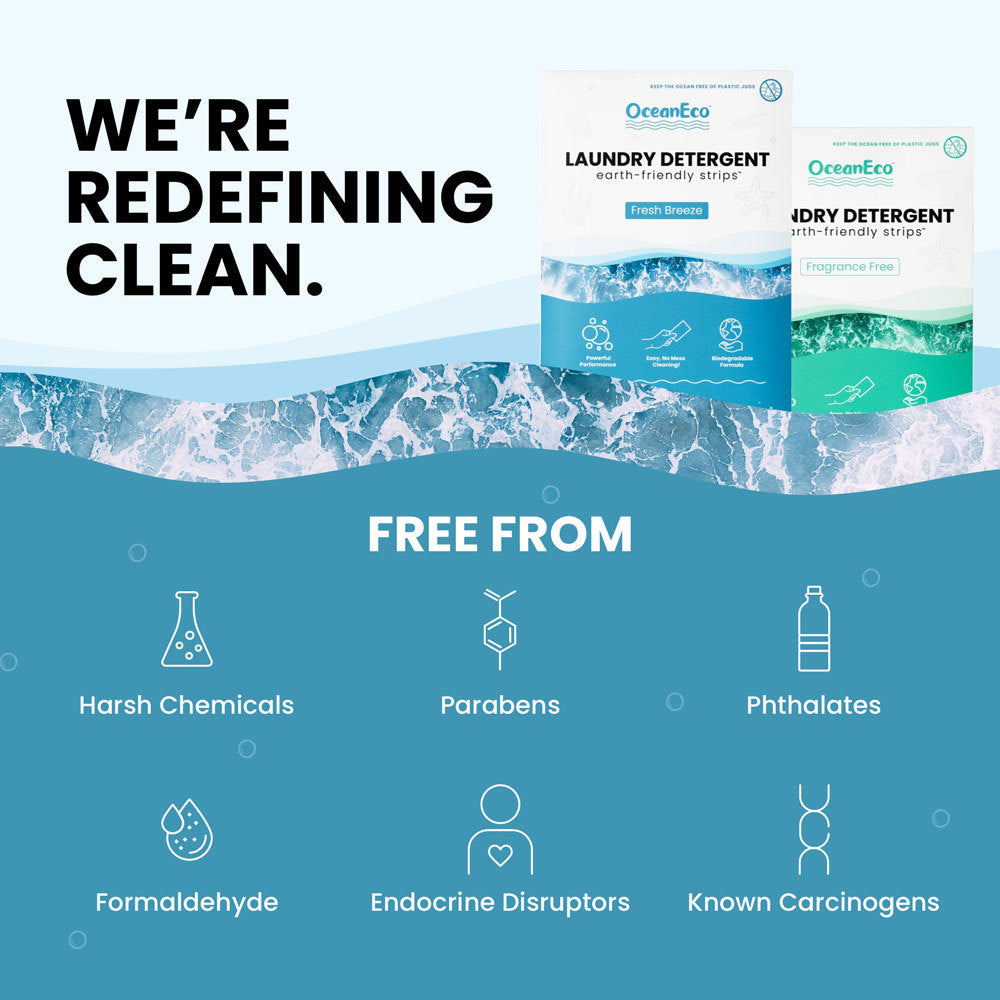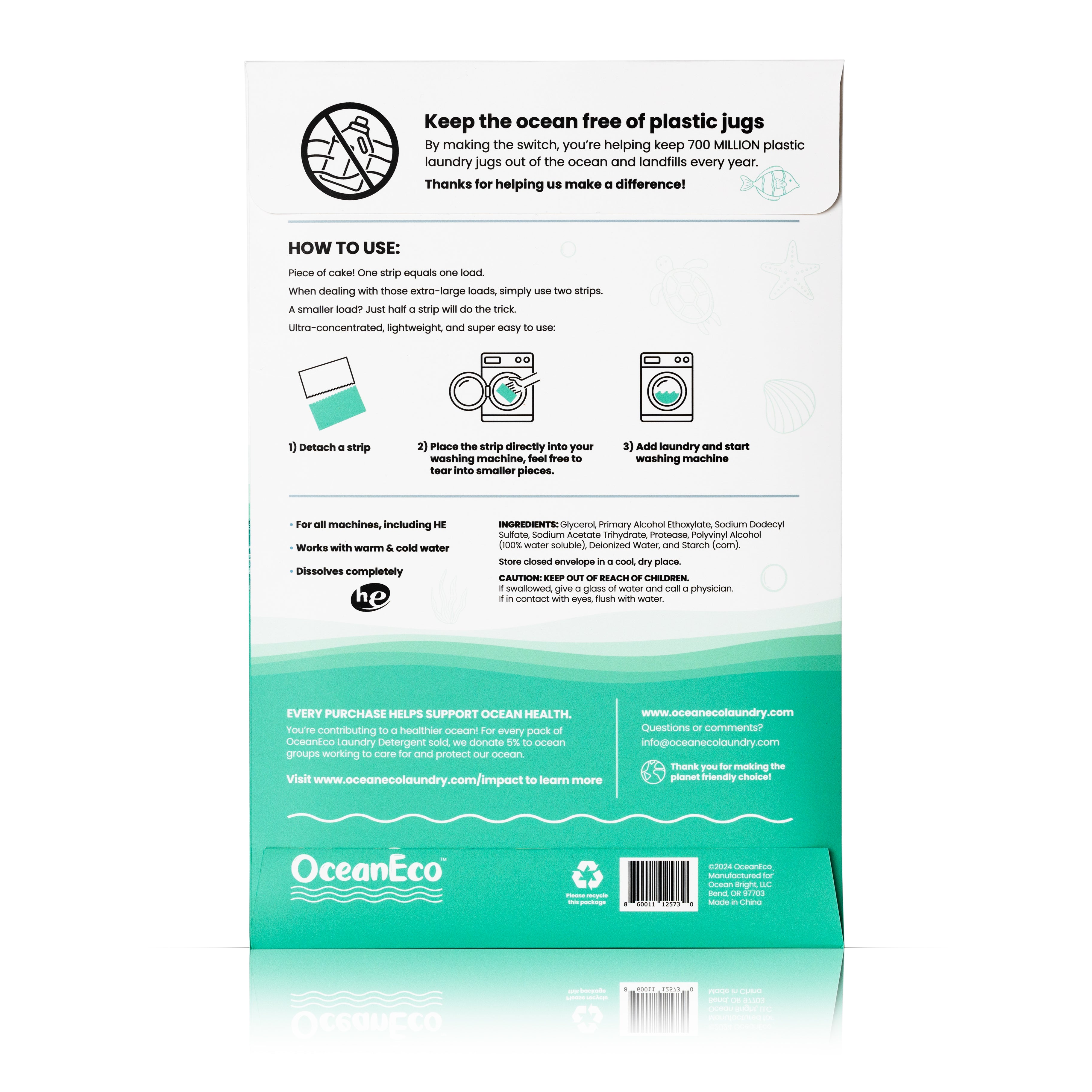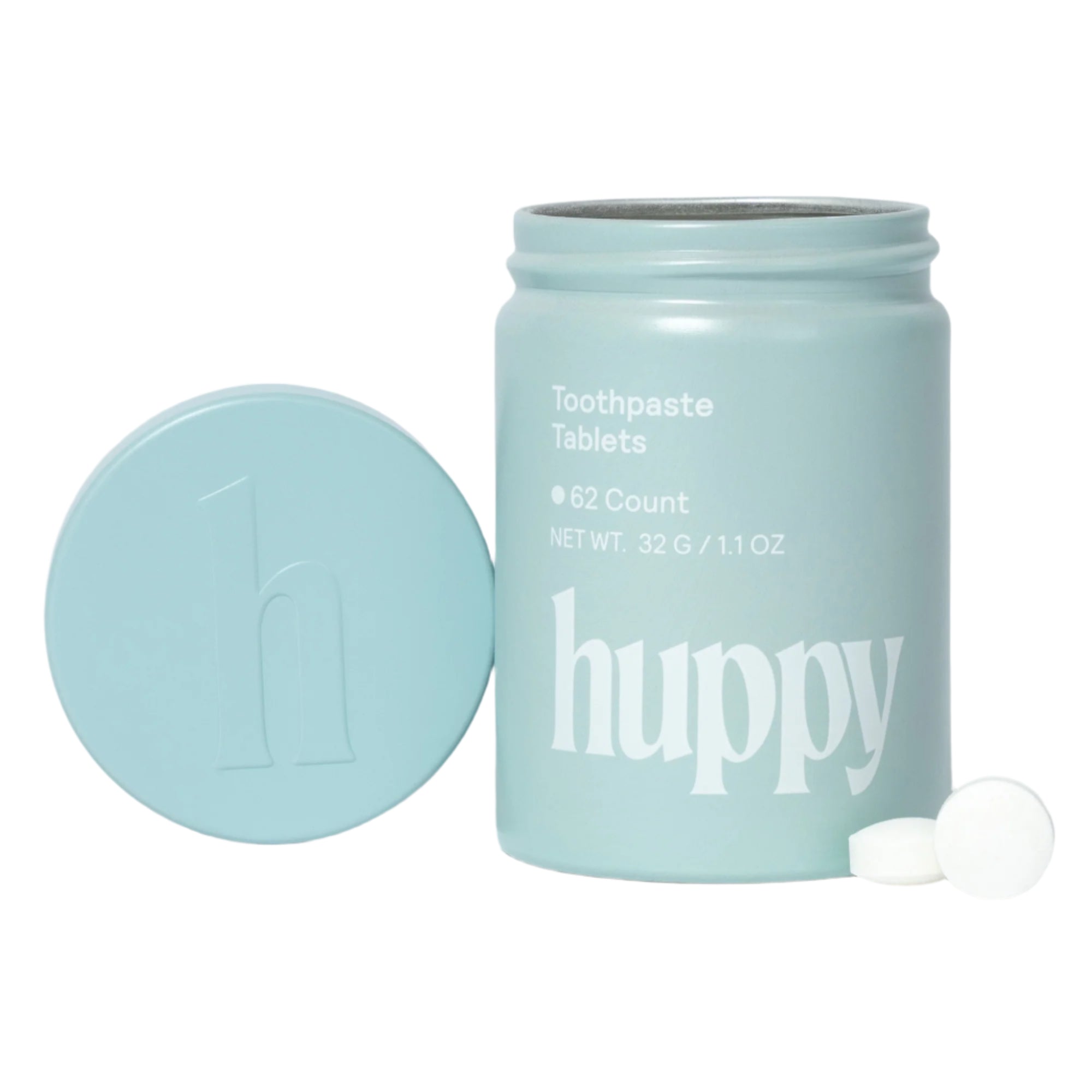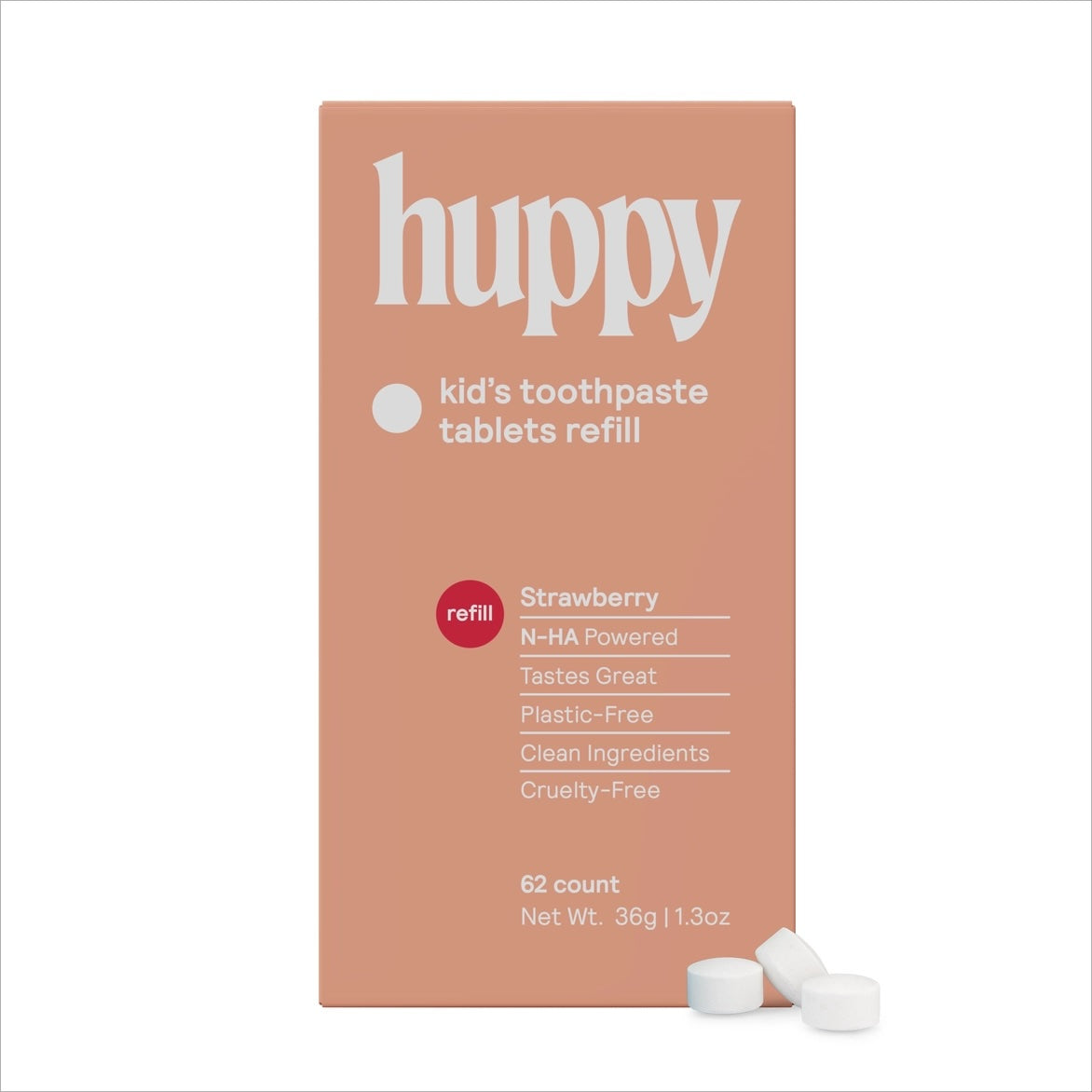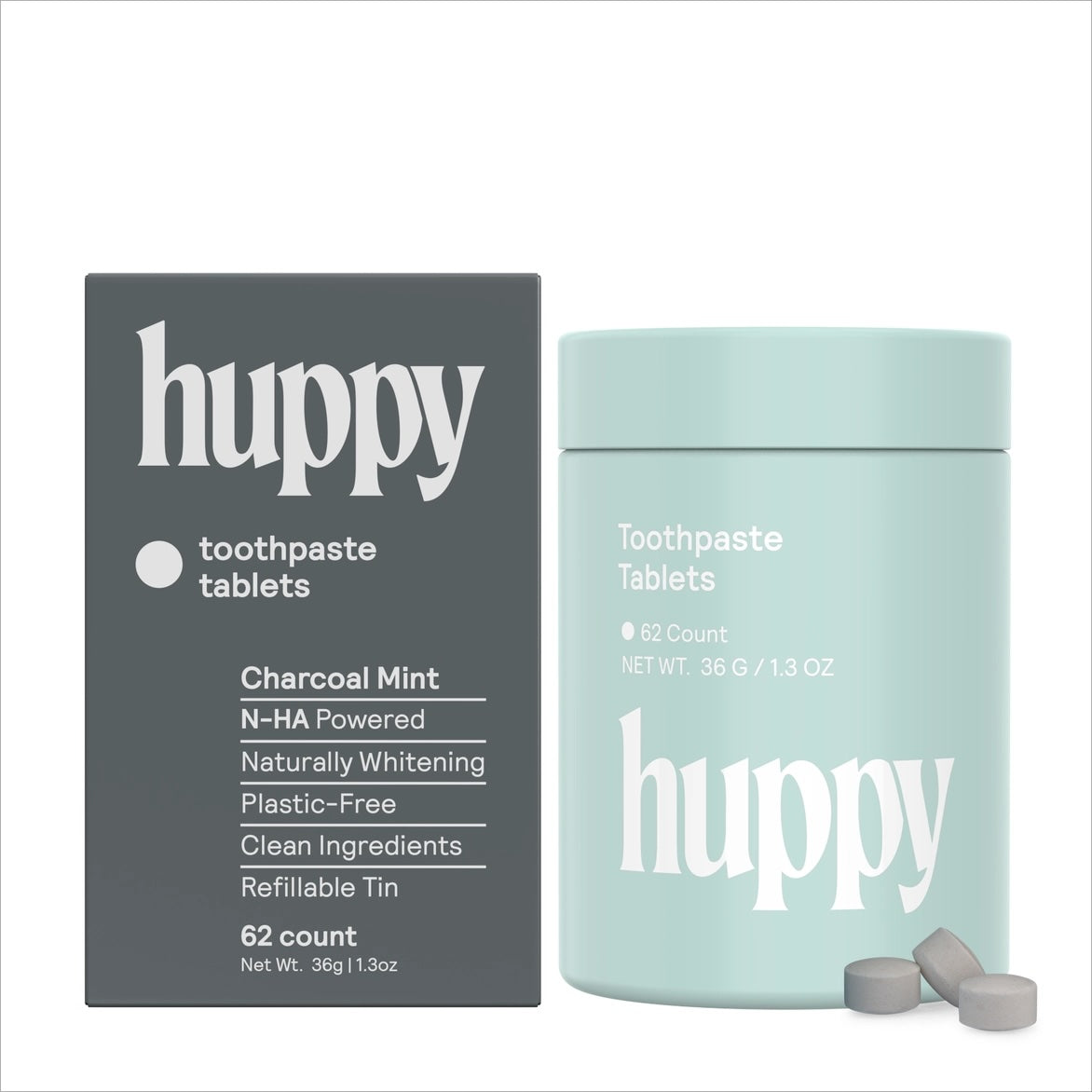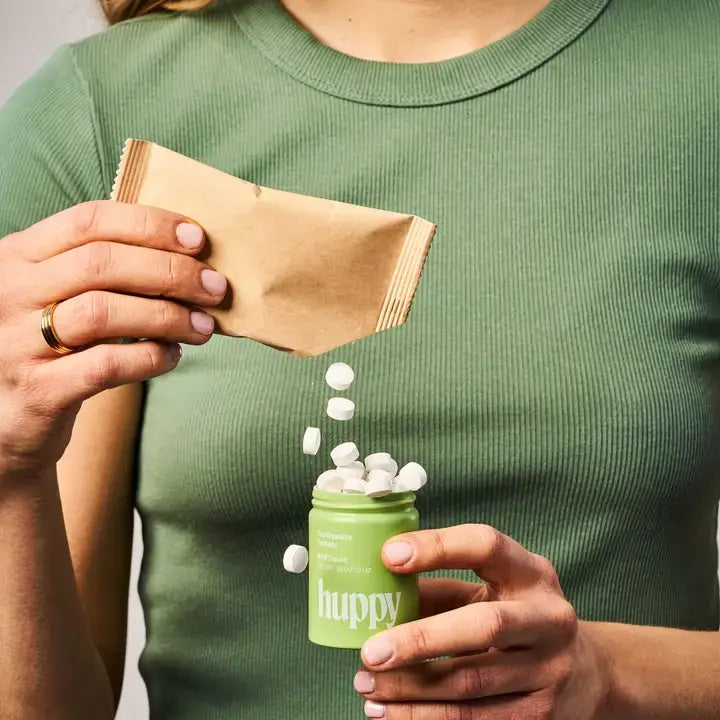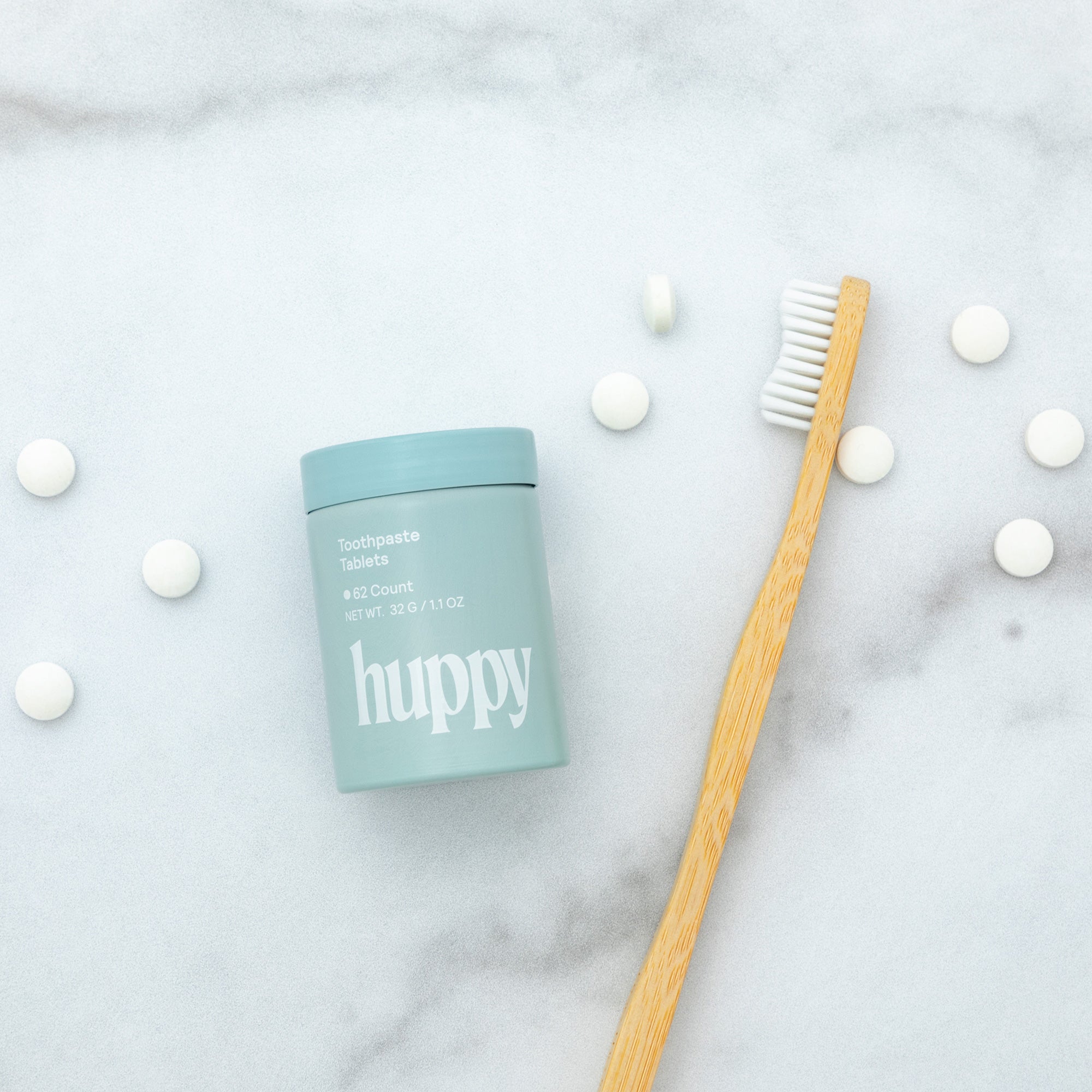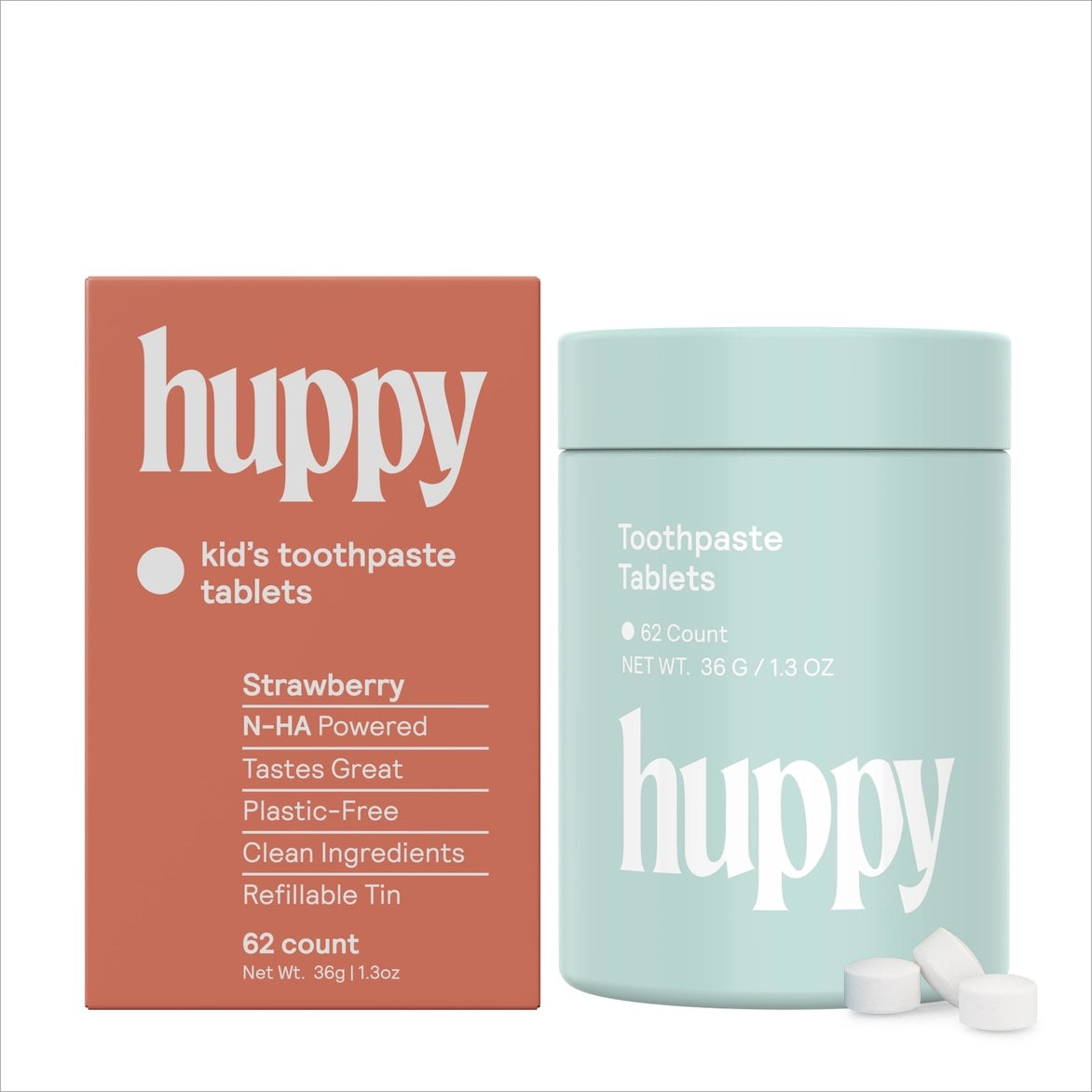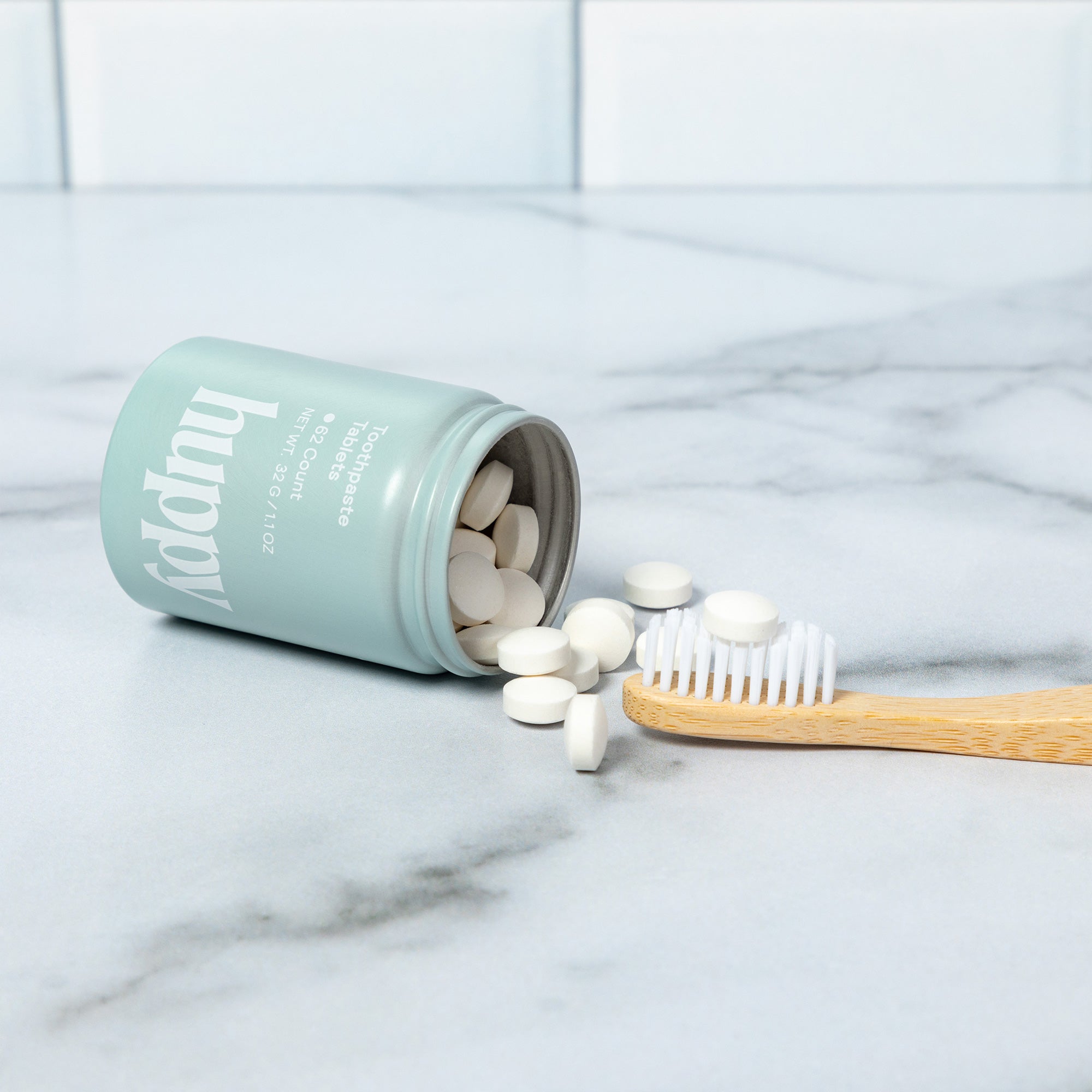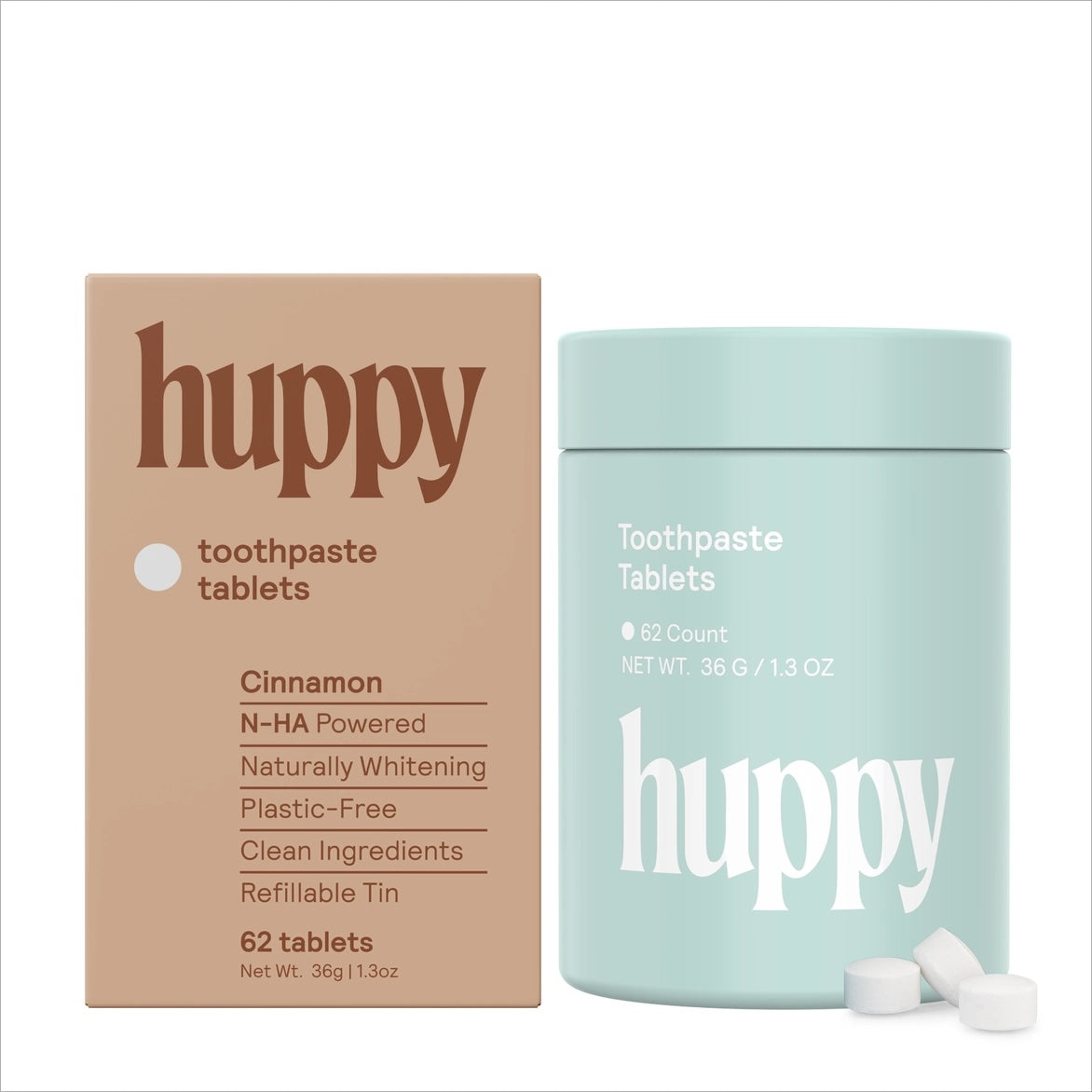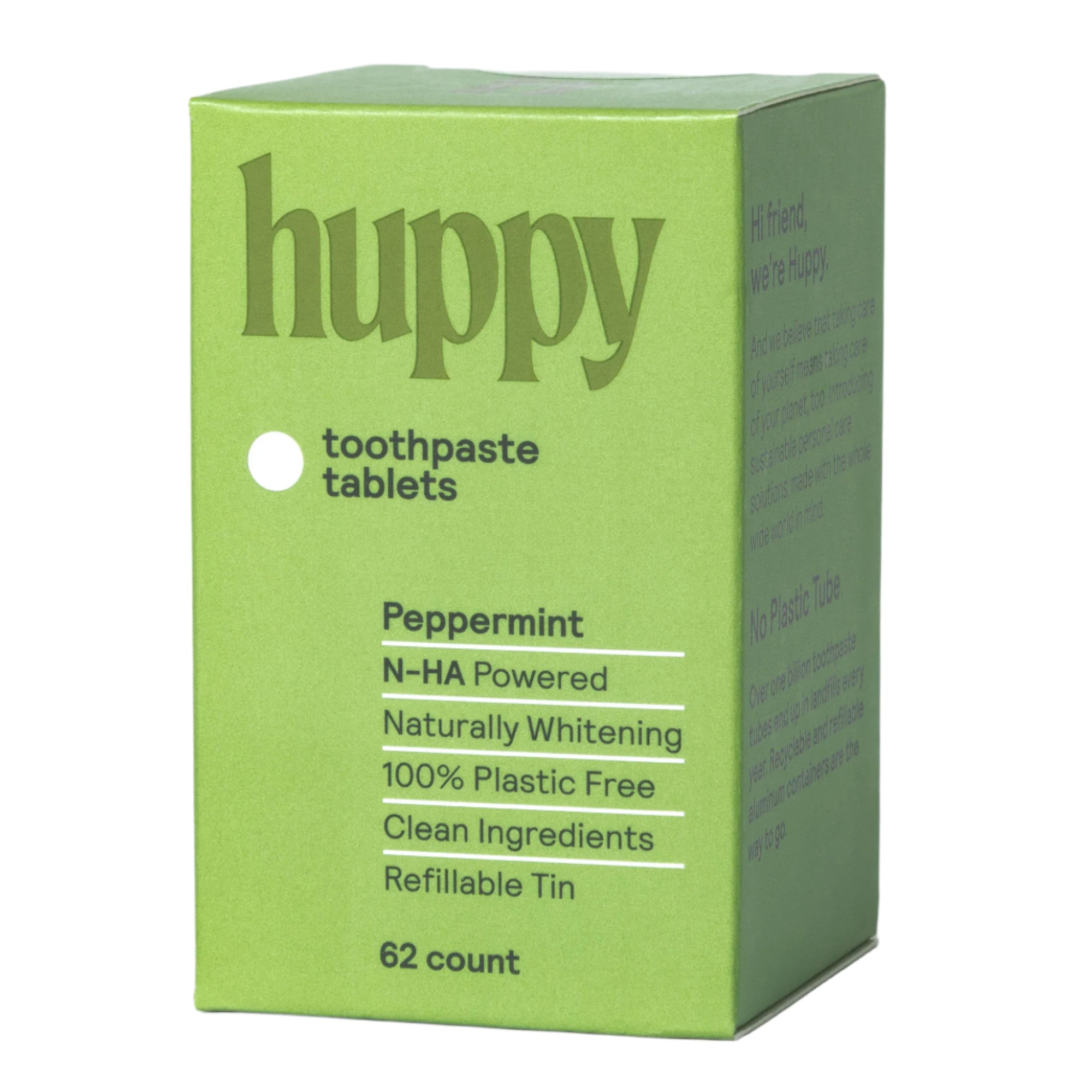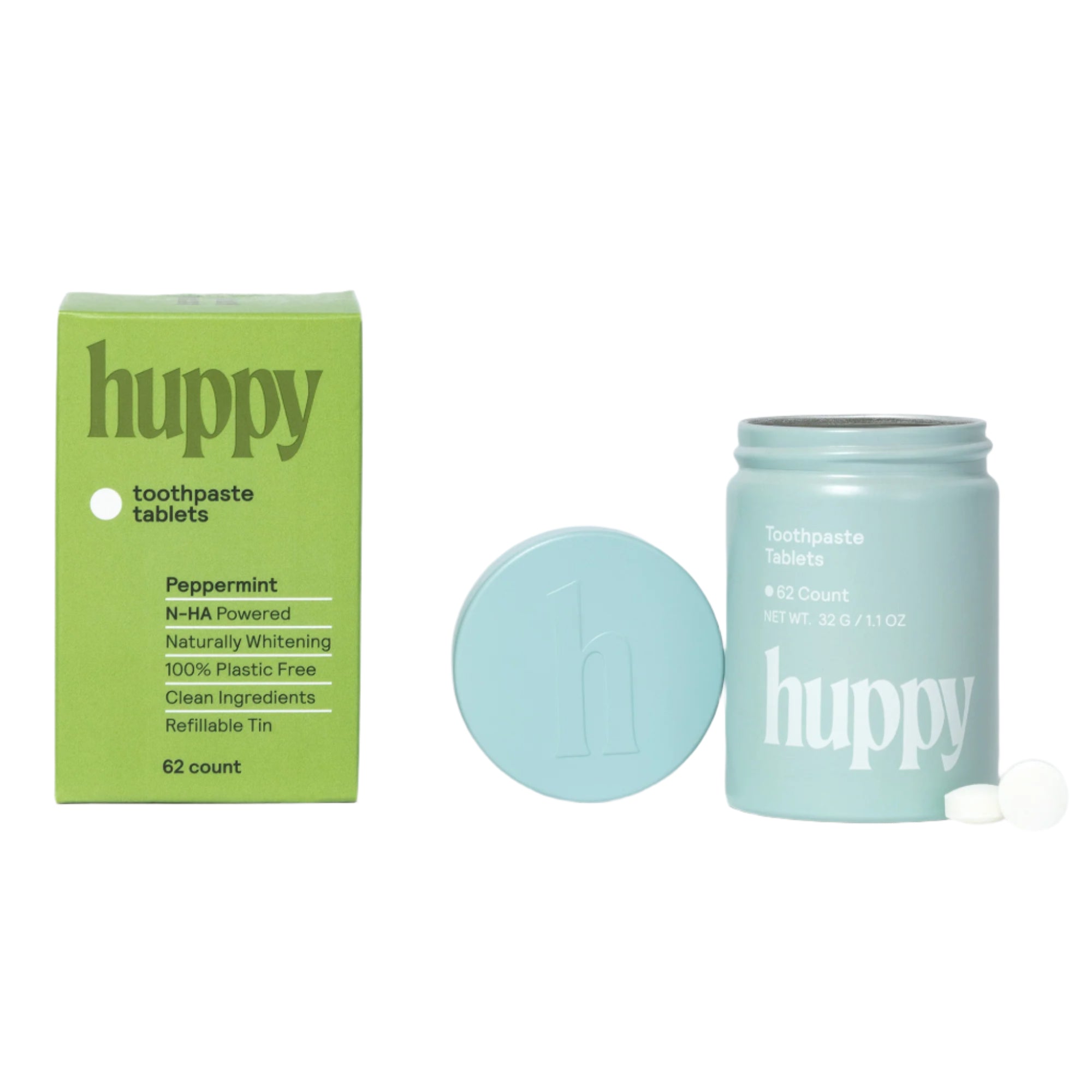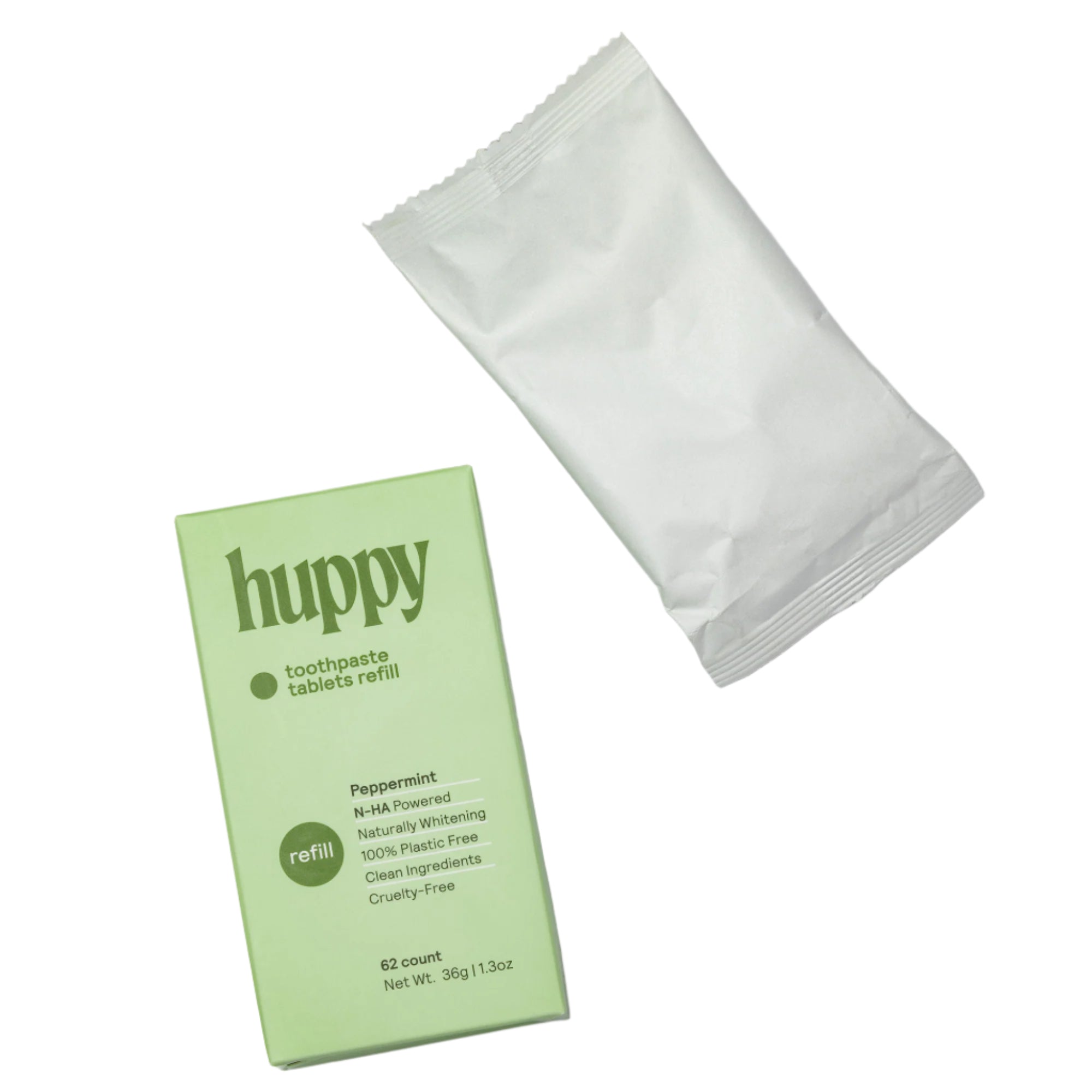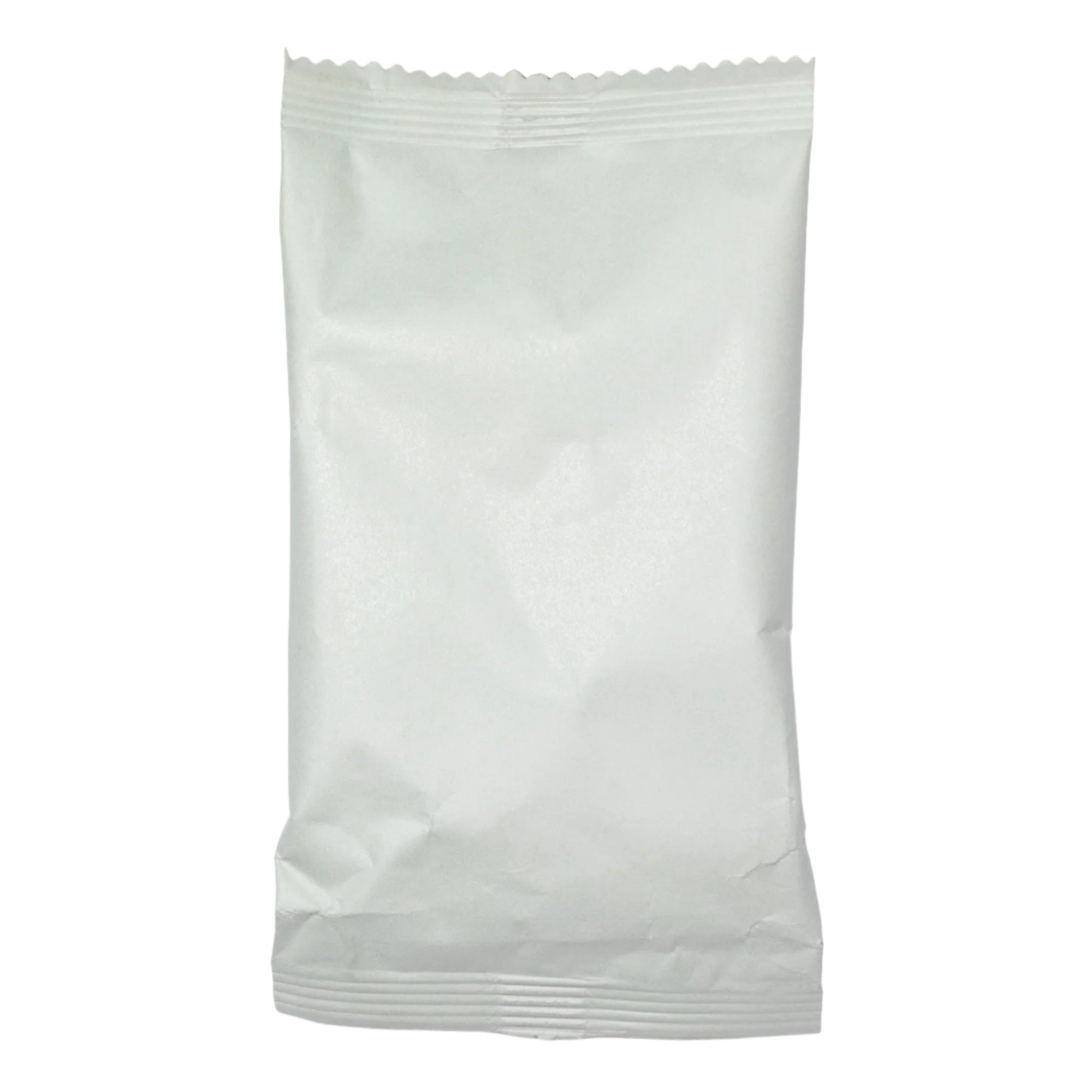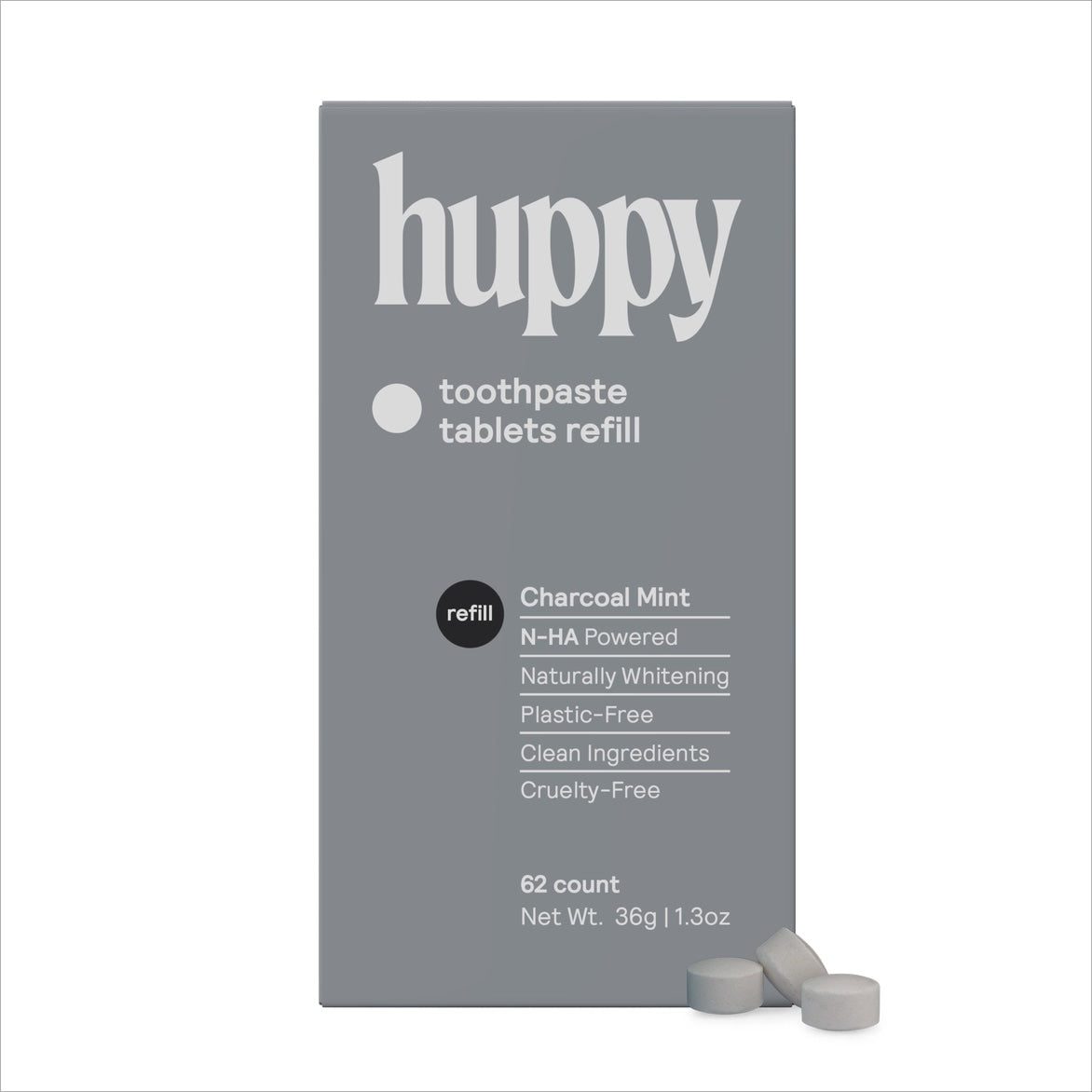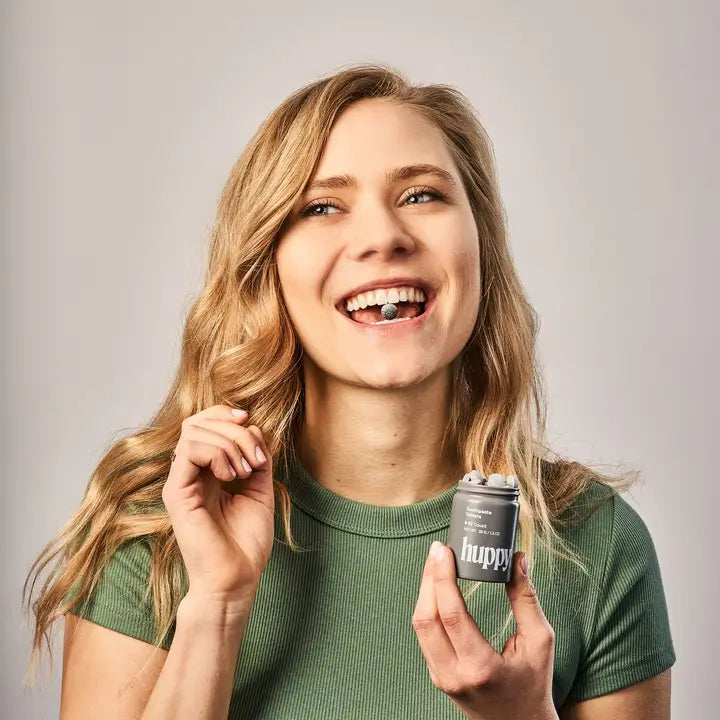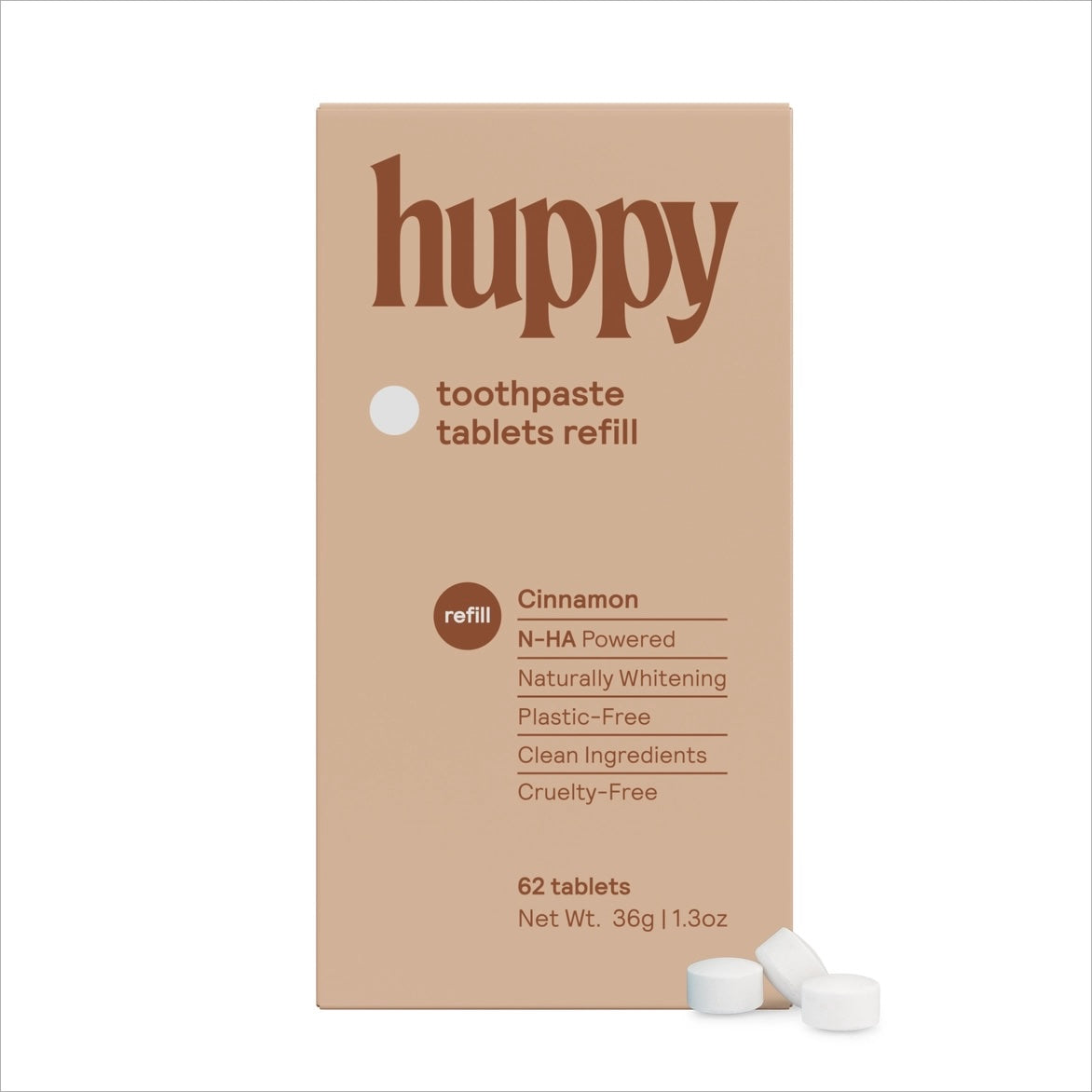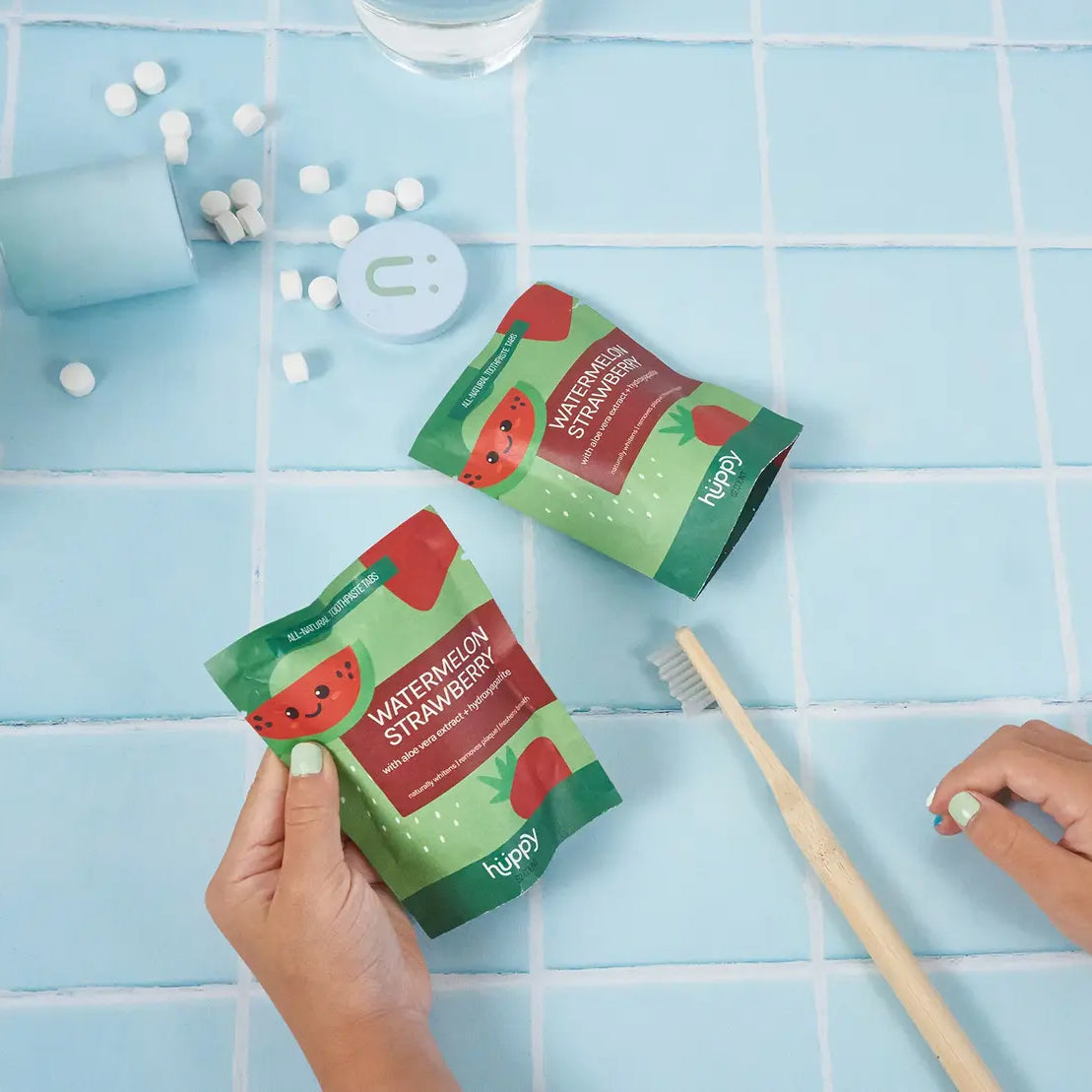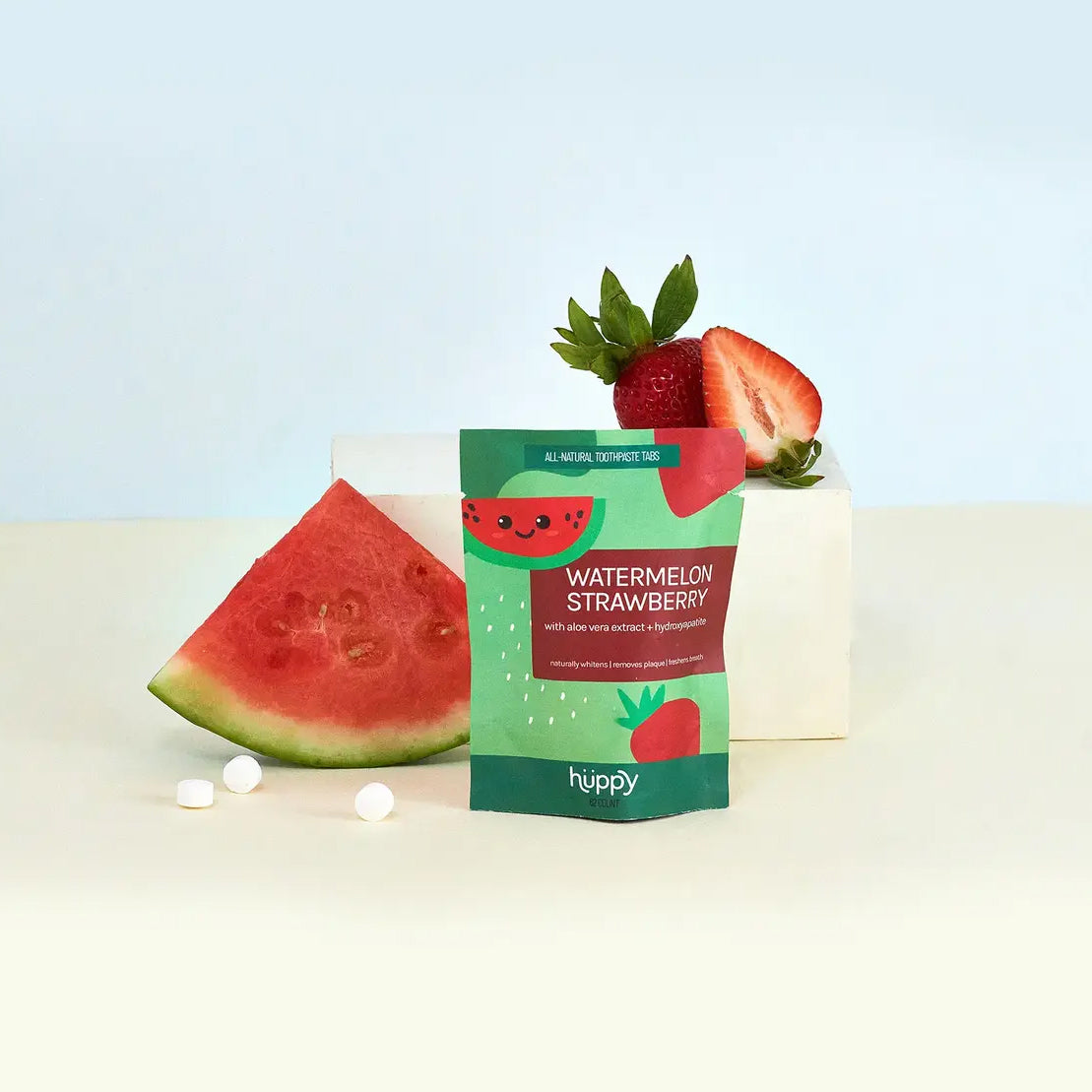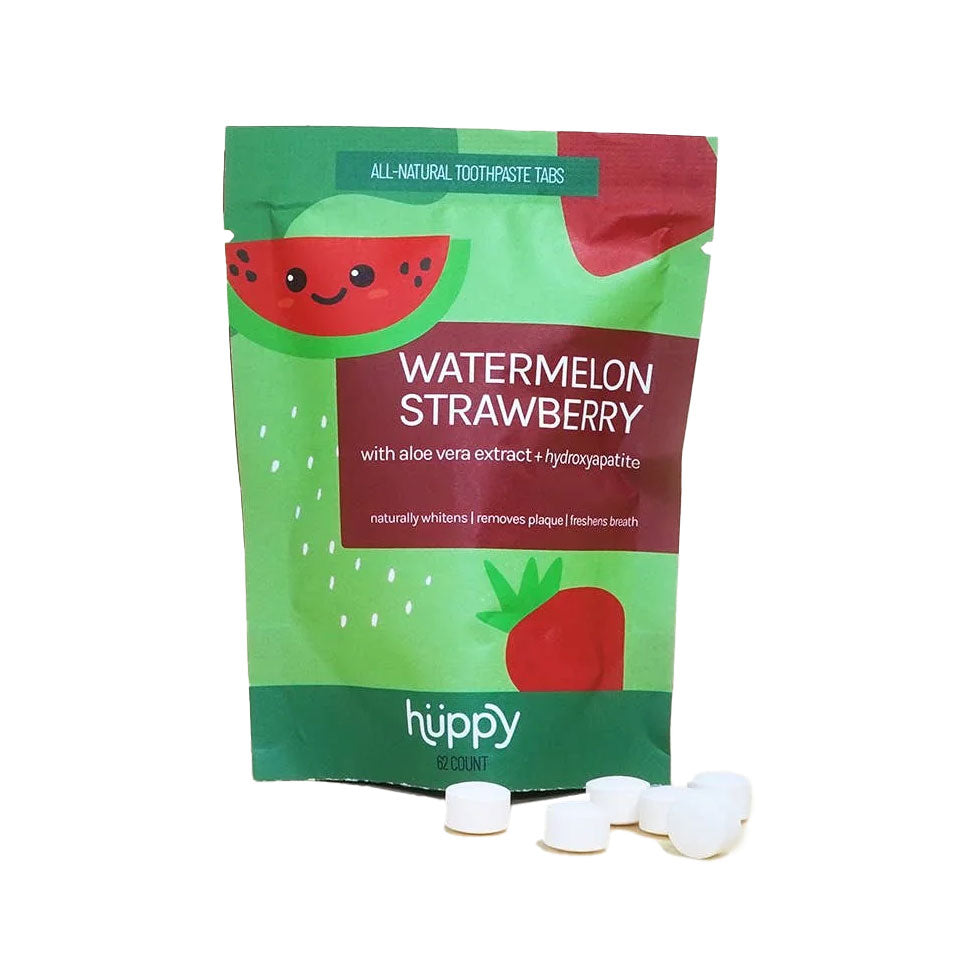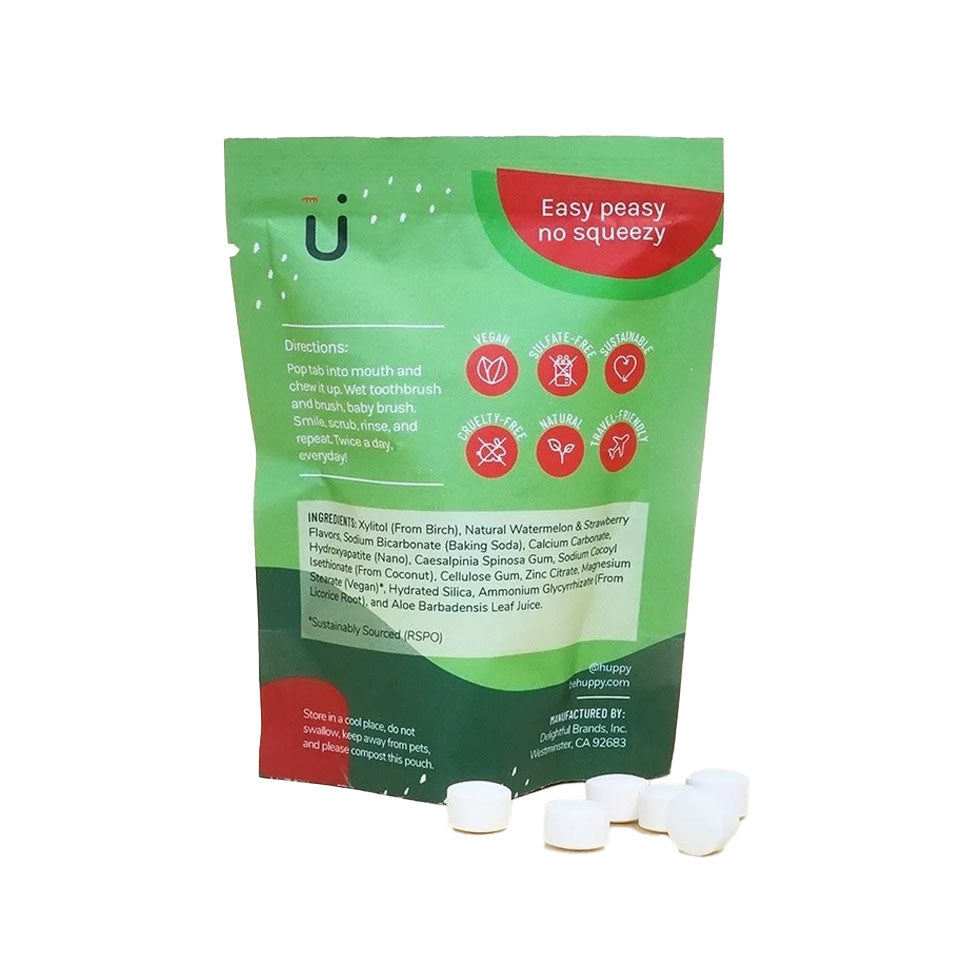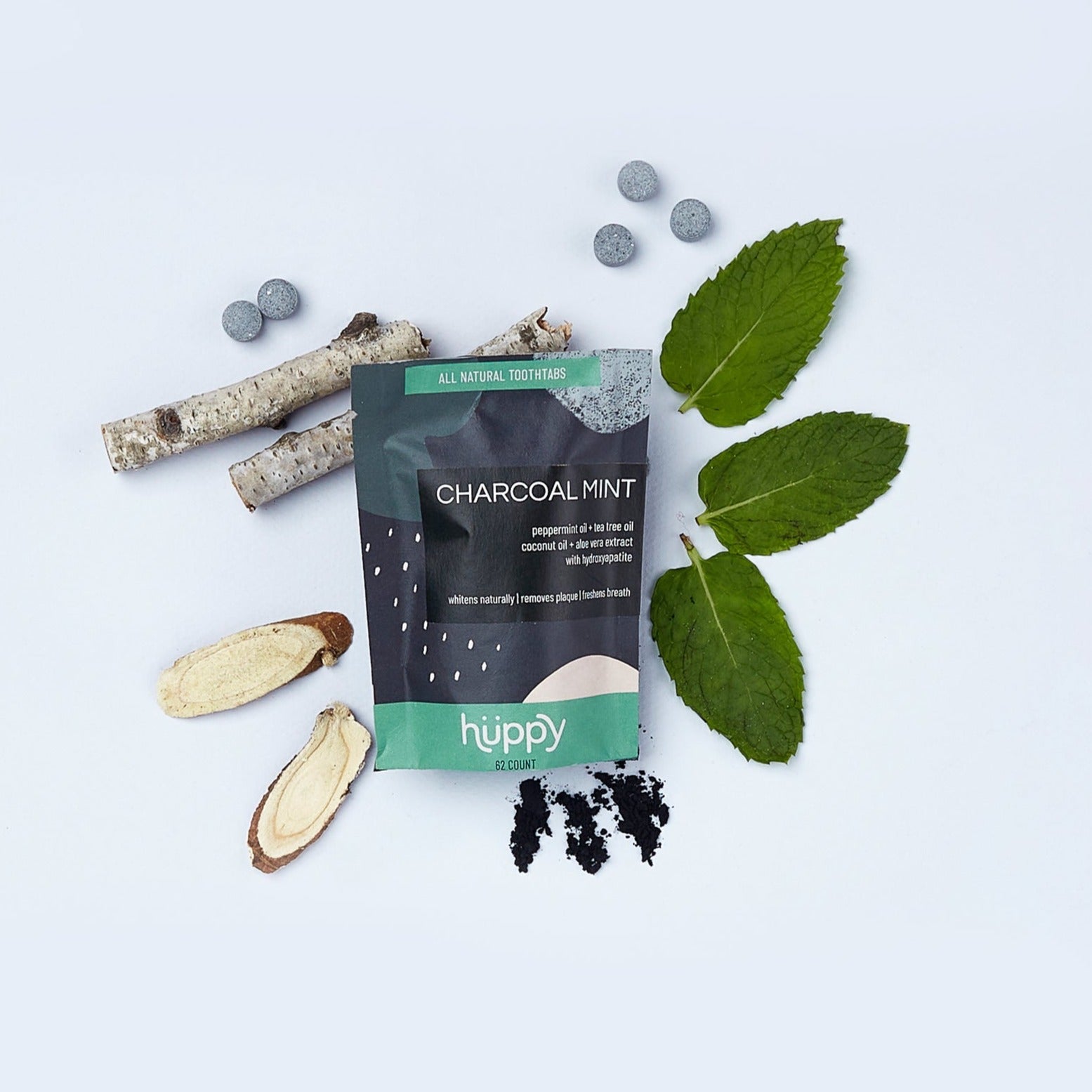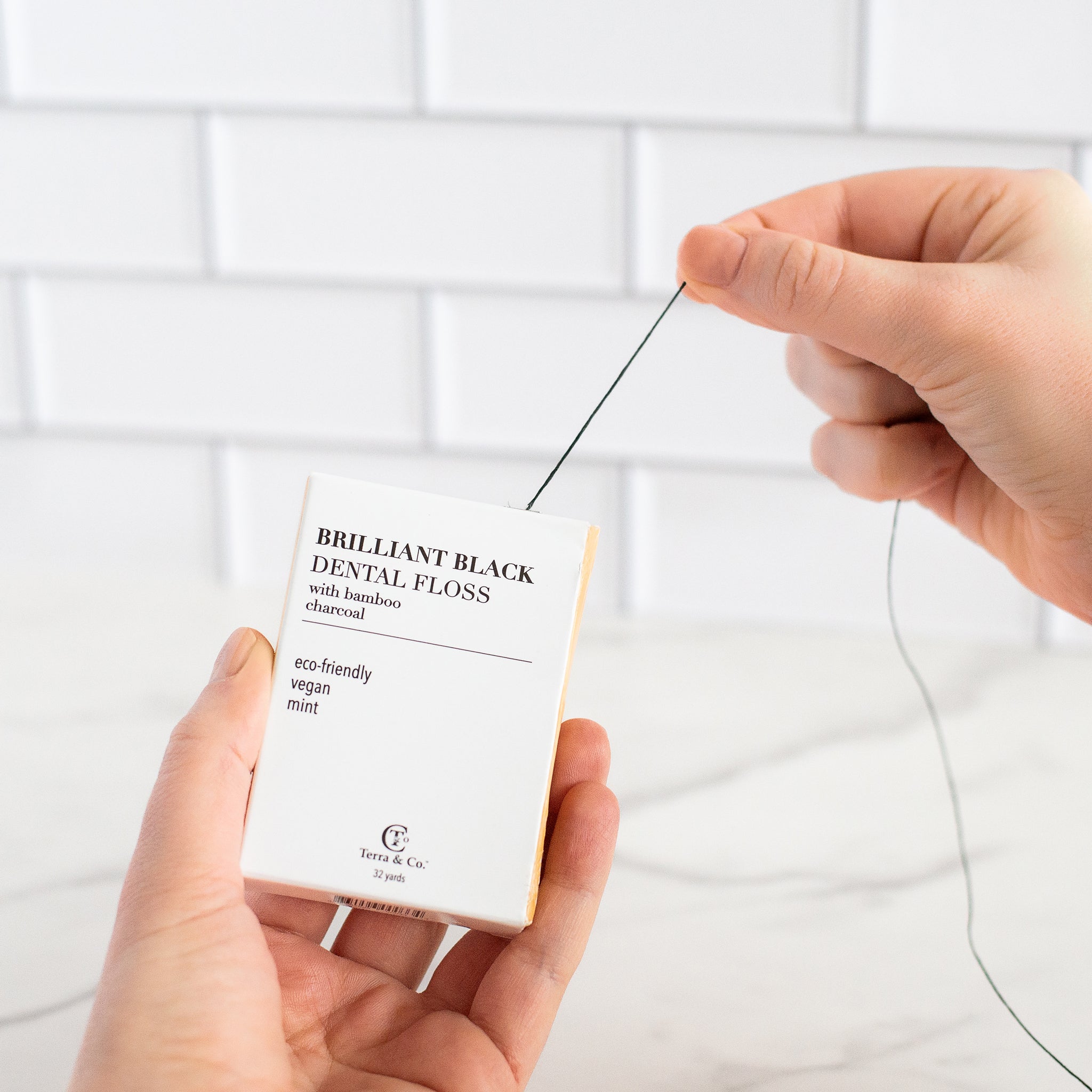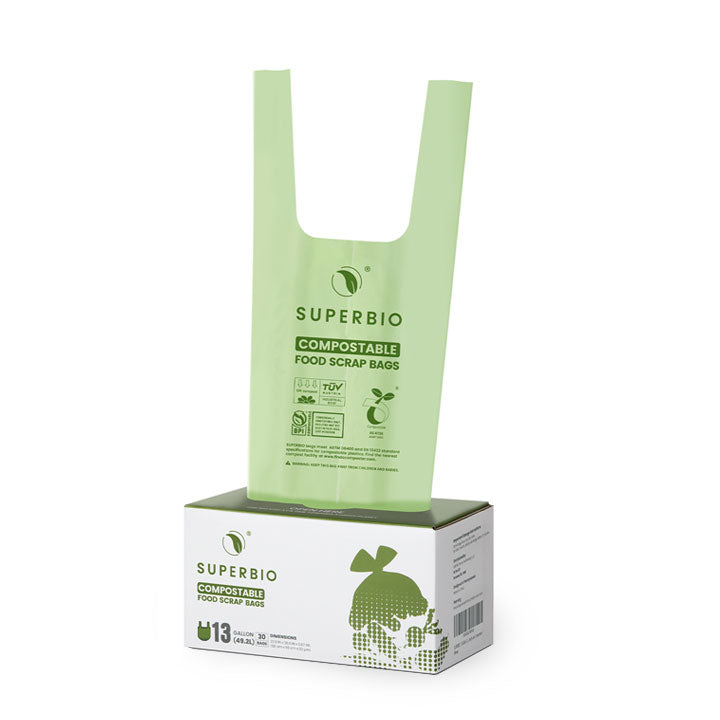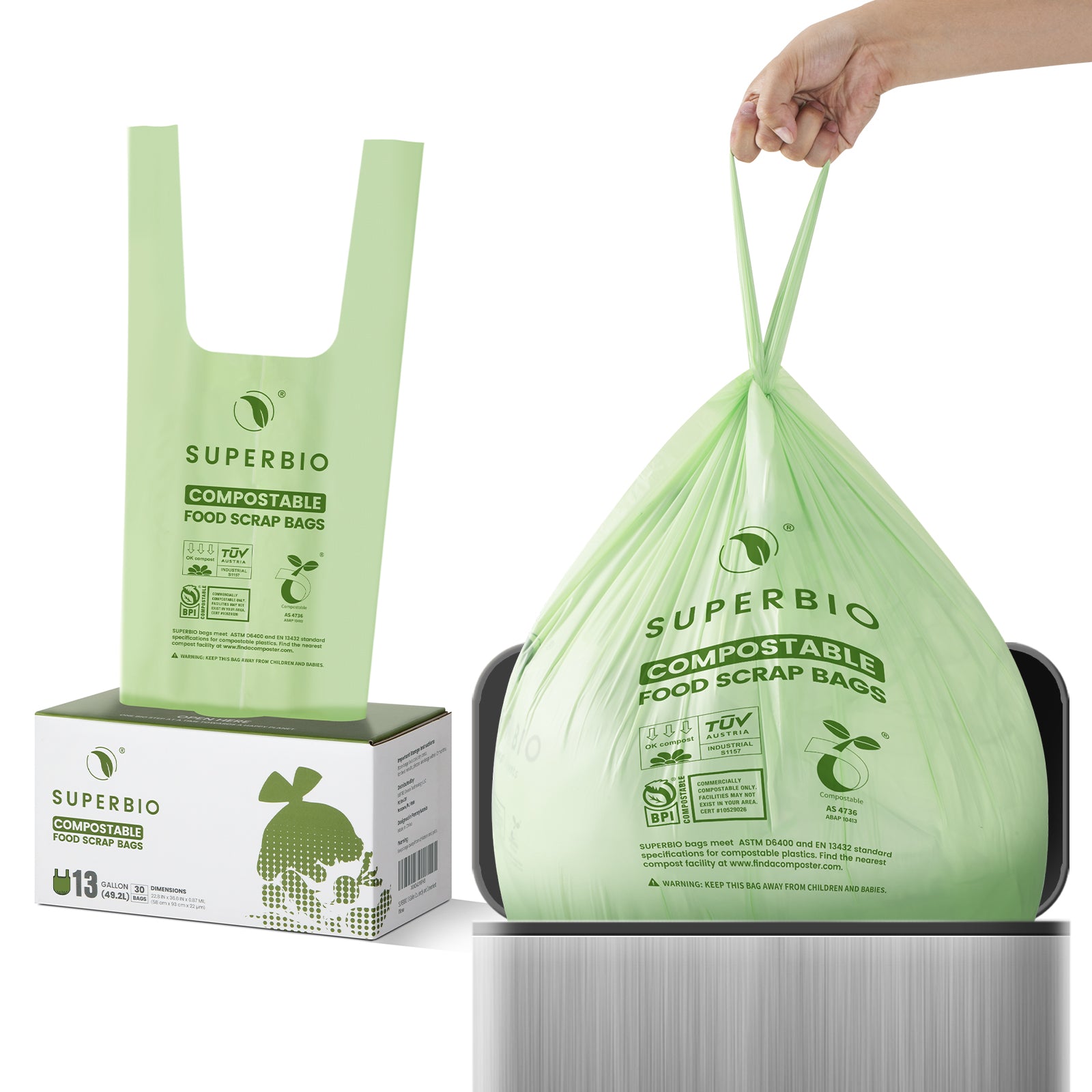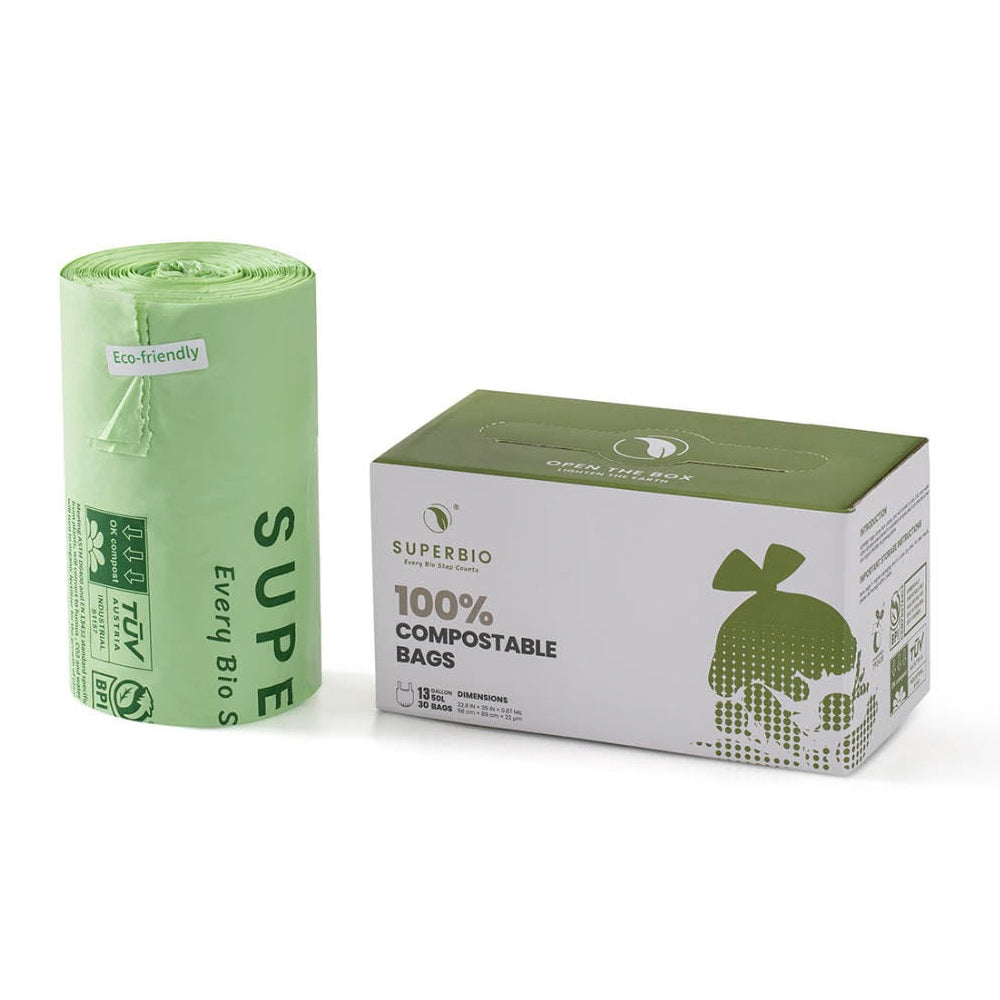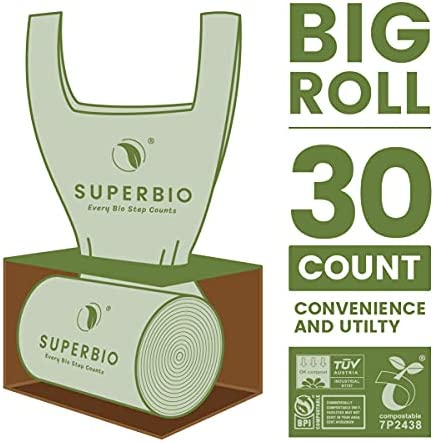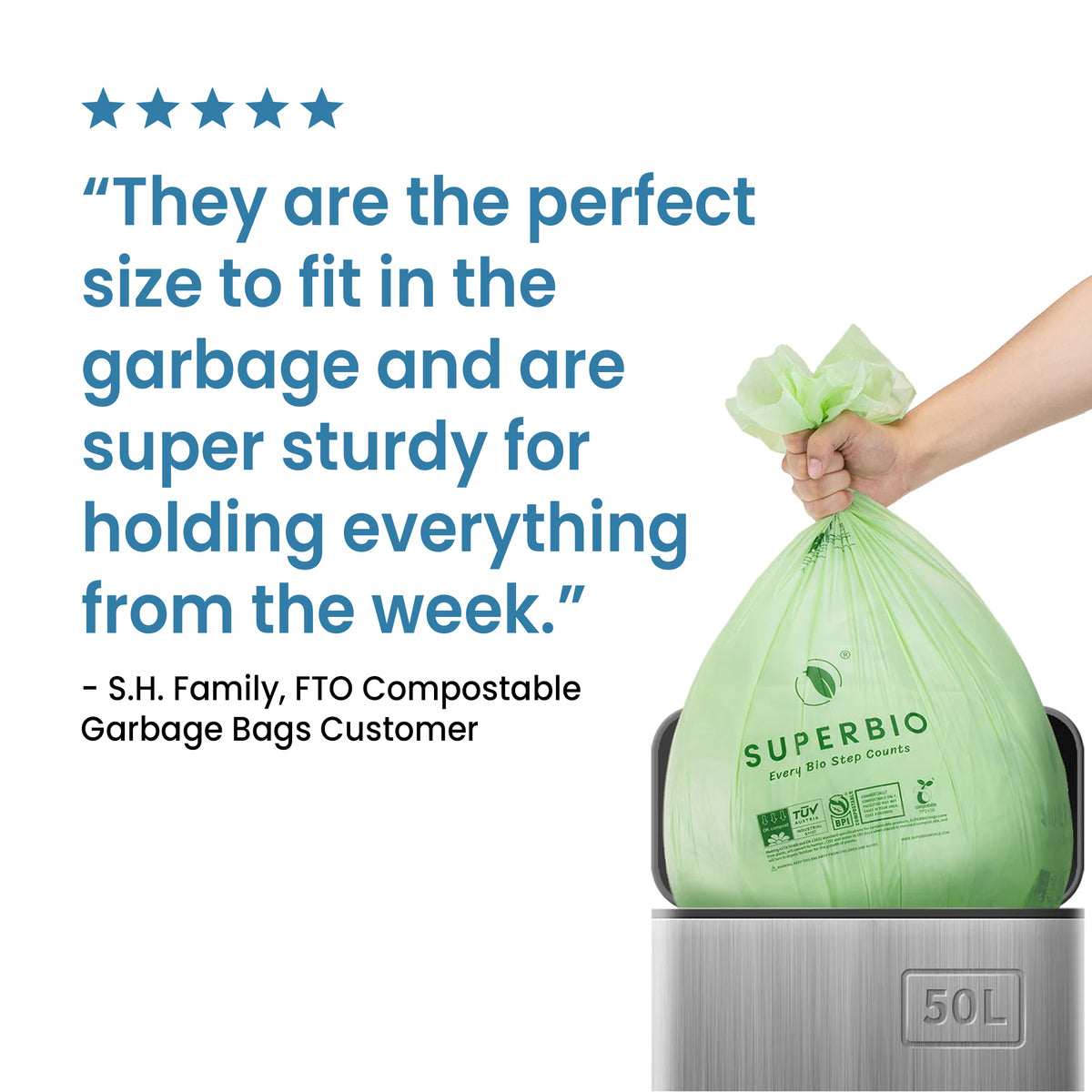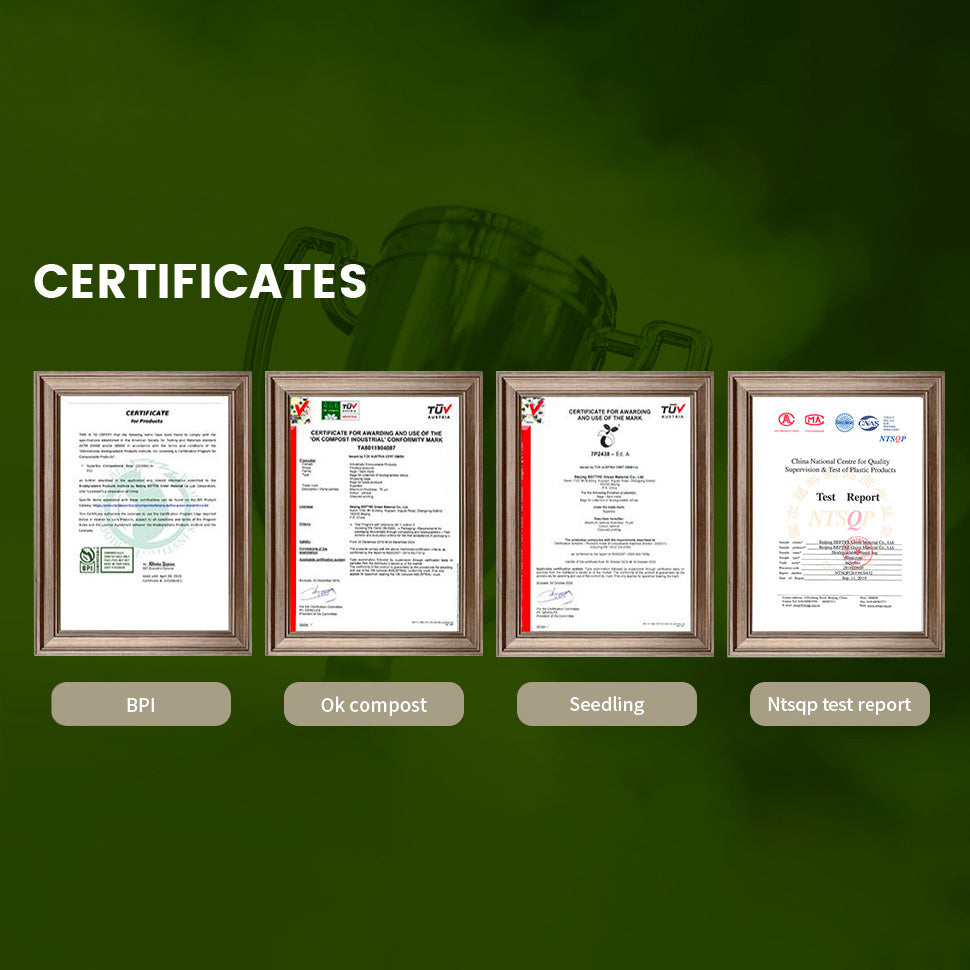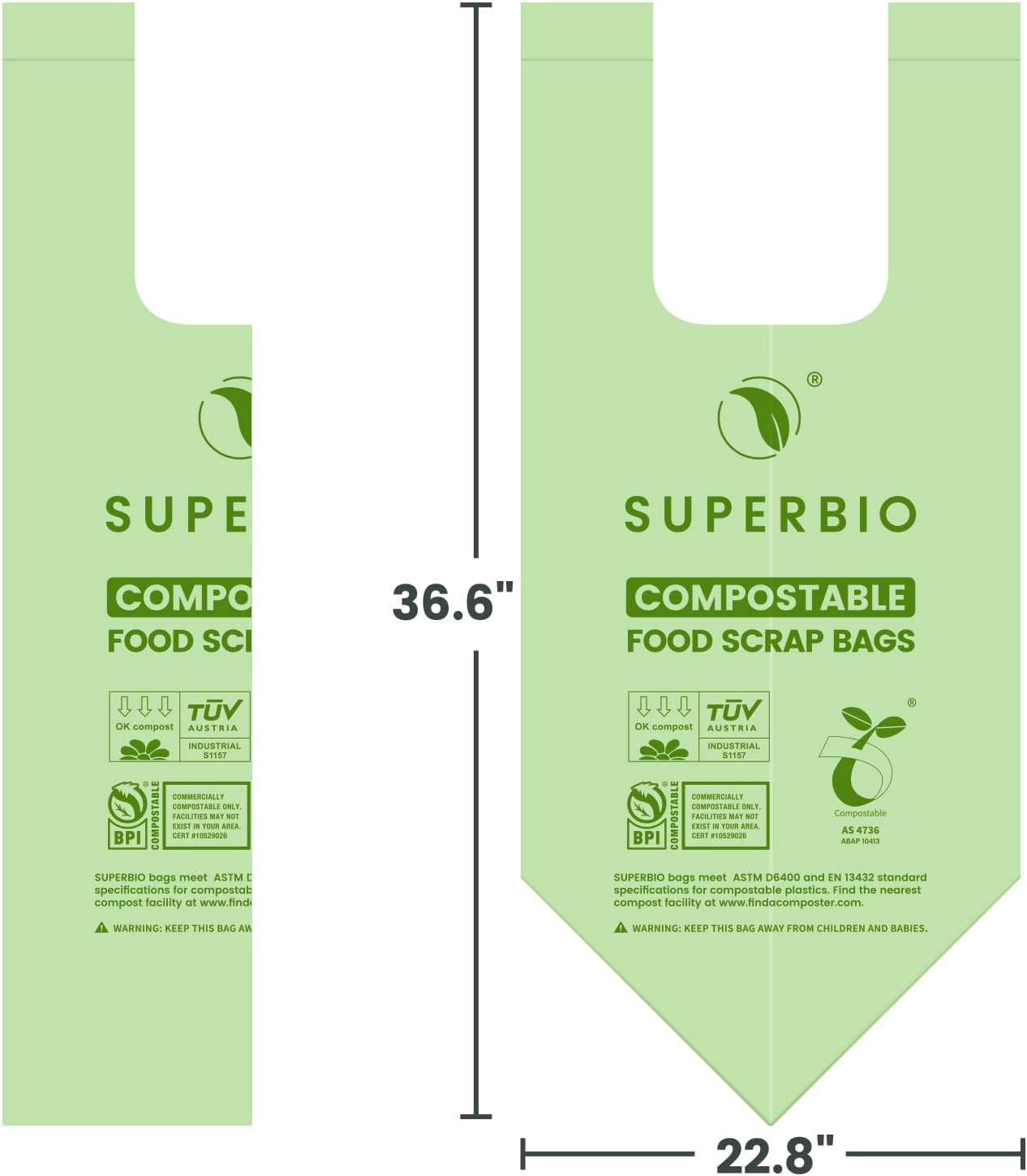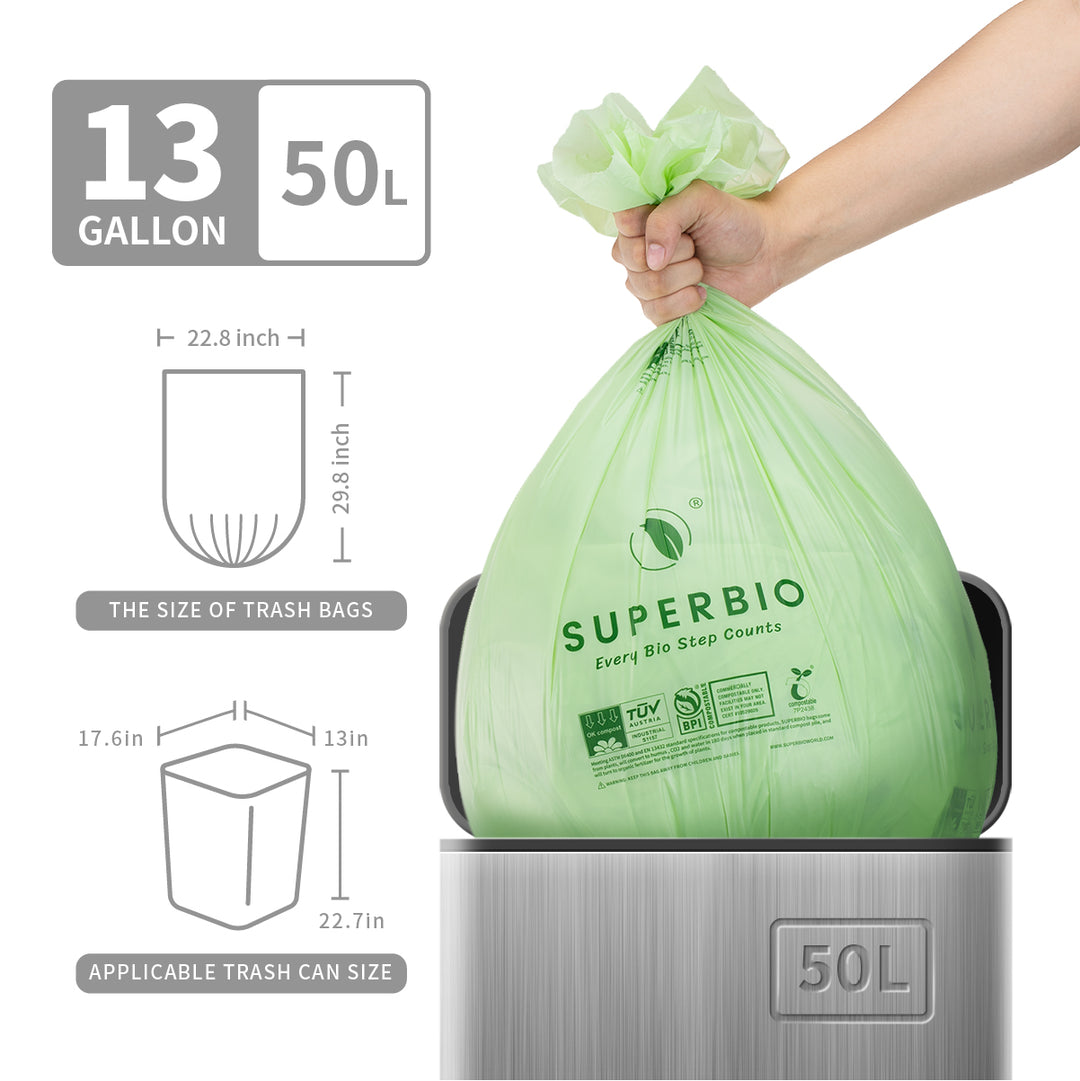The Ocean Is Fighting Back As Plastic Filled Neptune Balls Cover Beaches
Round, fibrous bundles keep washing onto Mediterranean beaches. They look like coconuts. They aren’t. They’re compacted seagrass, formed from the leaves and fibers of Posidonia oceanica as waves roll them into tight spheres, BBC Future reports.
These “Neptune balls” are nature’s accidental sweepers. As the plants shed each autumn, the loose fibers snag drifting debris on the seafloor and lock it into the growing bundles. That includes fragments from bags, bottles, and fishing gear, according to The Daily Beast.

Neptune balls form from seagrass fibers rolled by waves.
How Seagrass Turns Trash Into Tumbleweed
Swaying meadows slow currents. Sediment, carbon—and plastics—settle in the blades. When the leaves detach, lignin-rich fibers twist into ovals and spheres that trap particles, a pattern documented by University of Barcelona researchers.
Field counts from Mallorca beaches found plastic in half of loose leaf samples—up to 600 fragments per kilogram—while only 17% of the tighter balls held plastic, yet at far higher density, nearly 1,500 pieces per kilogram, the Daily Mail reports.

Many Neptune balls are filled with plastic fragments.
Why They’re Landing On the Shoreline
Storms and turbulent seas dislodge the bundles. Some drift to deeper water; others beach with twine, caps, and microplastics poking through their fibers, according to the The Daily Beast.
In especially grim cases, heavier items like wipes and sanitary products get woven in before the balls roll ashore.
Seagrass meadows may be intercepting vast quantities of plastic. Research suggests the bundles collectively remove on the order of hundreds of millions of items annually—roughly 867 million to near 900 million, The Times of India reports.
Leave Them Be—And Protect The Meadows
These bundles aren’t a cleanup strategy. They’re a symptom. Scientists urge people not to remove them: the balls help retain beach moisture and nutrients, and the meadows themselves are vital habitat.
Seagrass beds stabilize shores, shelter young fish, filter water, and store carbon. As the Daily Mail reports, pressures from warming, pollution, and coastal use threaten that natural barrier and nursery.
Conservation, wastewater controls, and anchoring rules can keep these meadows intact, sustaining an ecosystem that—by sheer physics—bundles some of our waste and sends it back,
The Signal On The Sand
When a beach fills with Neptune balls threaded with plastic, it’s the ocean’s feedback loop in plain sight. The fibers didn’t make the mess. They simply gathered it and rolled it back to us.


























































































